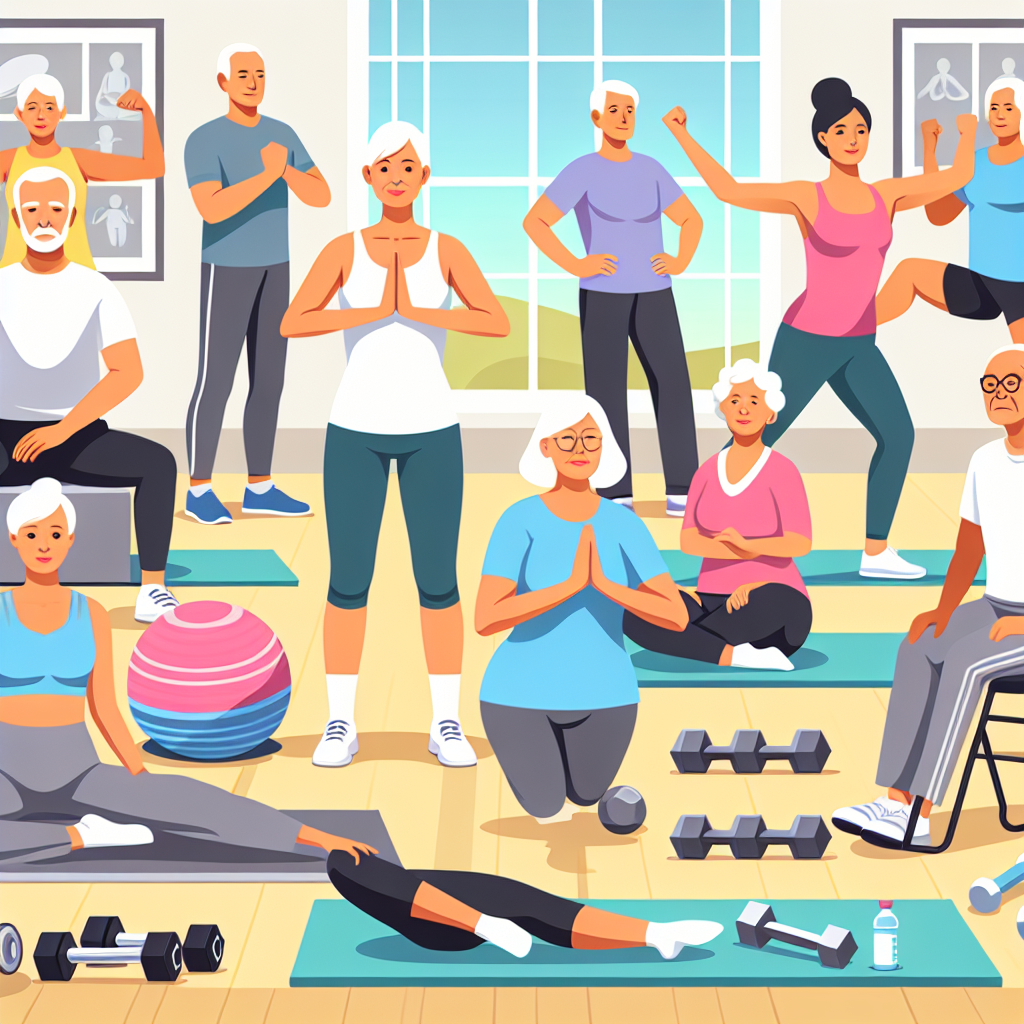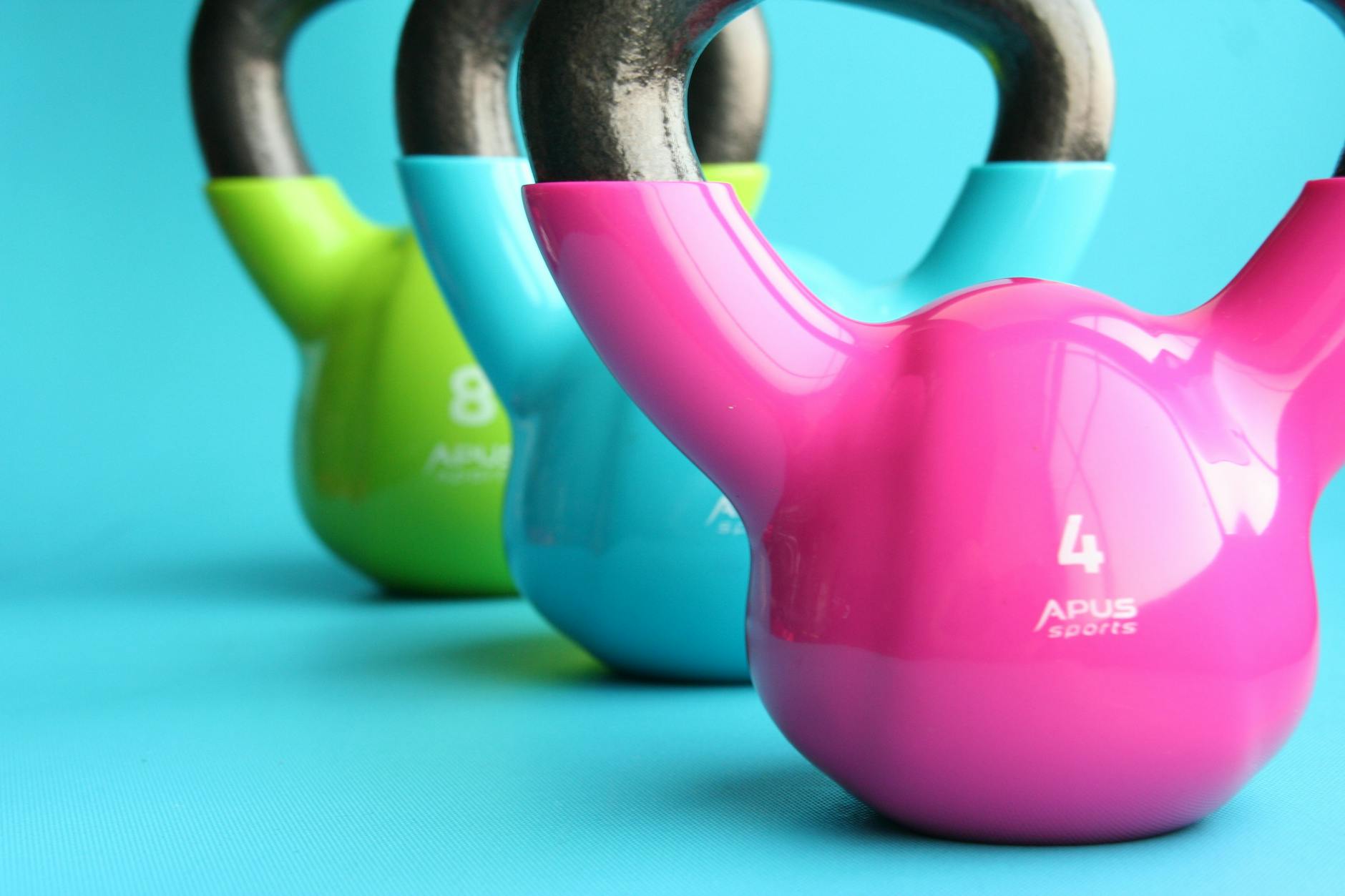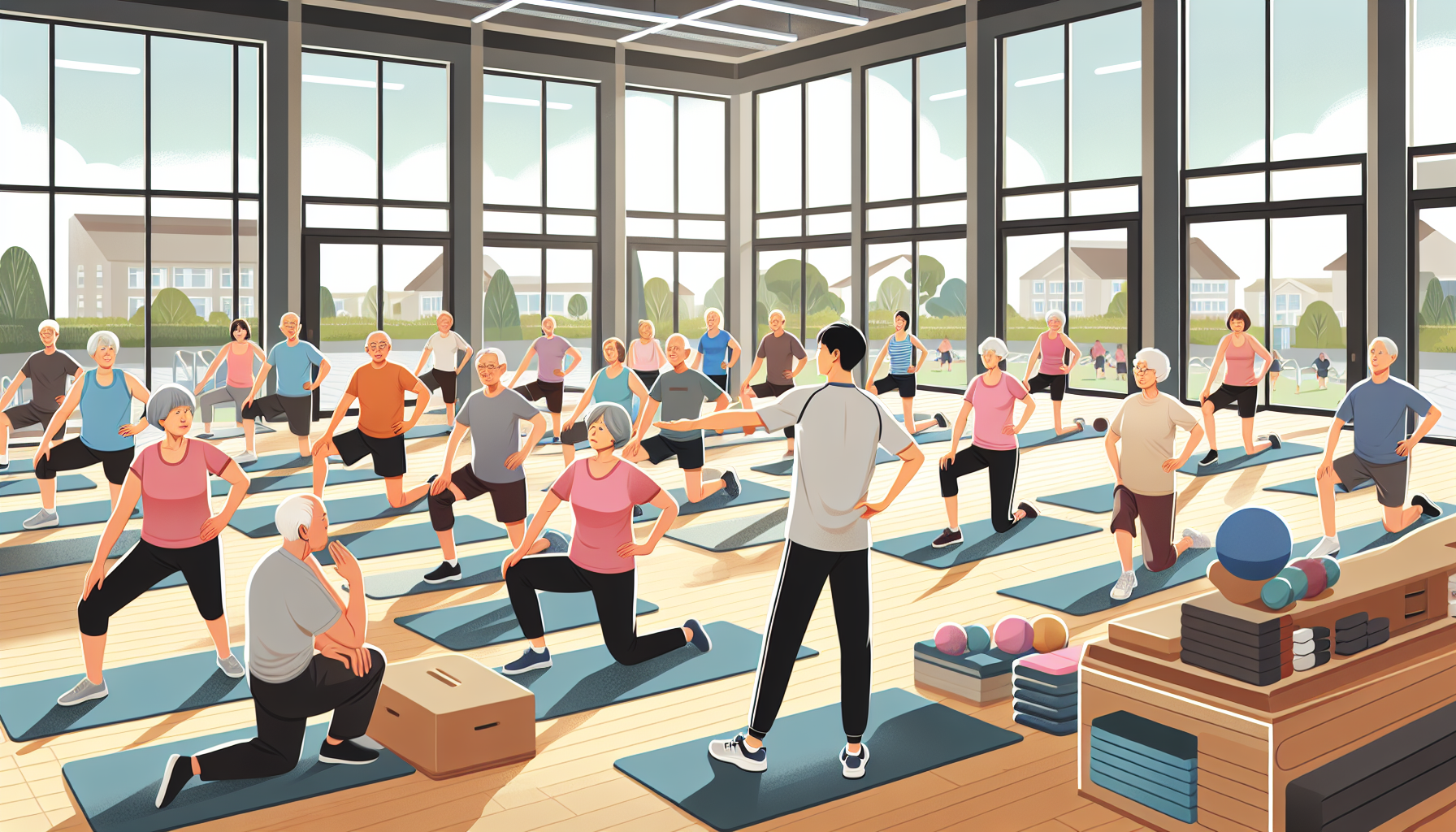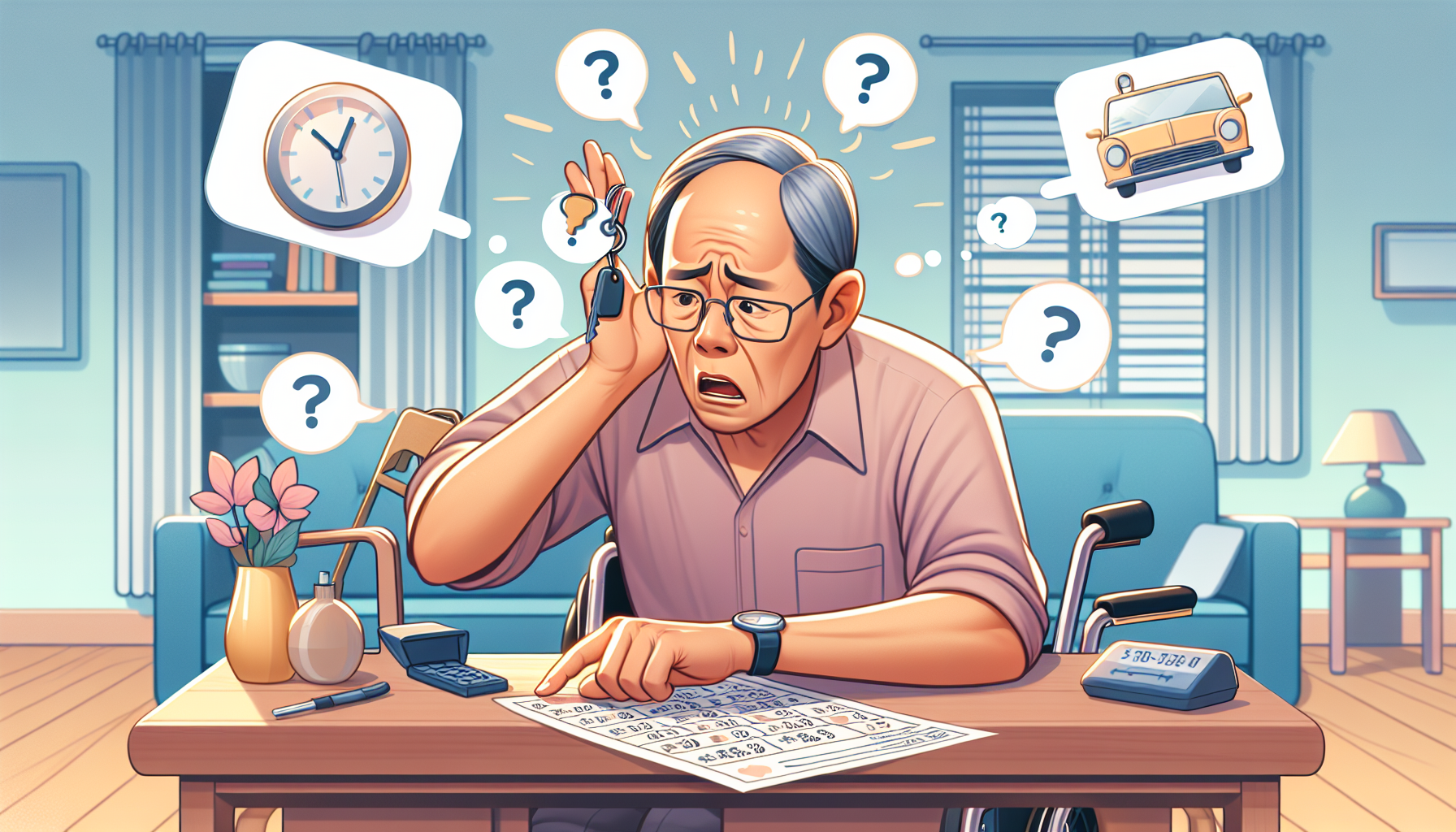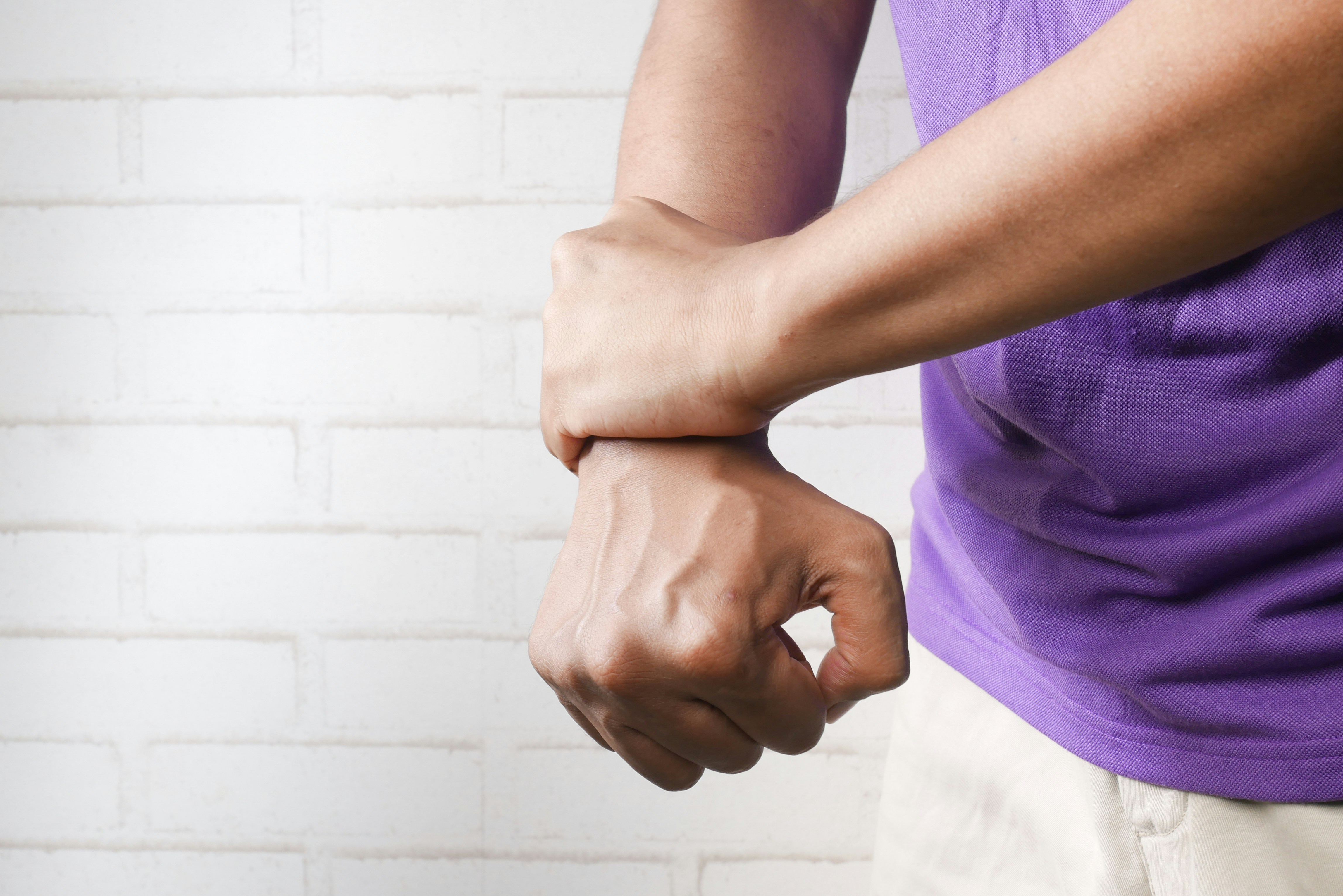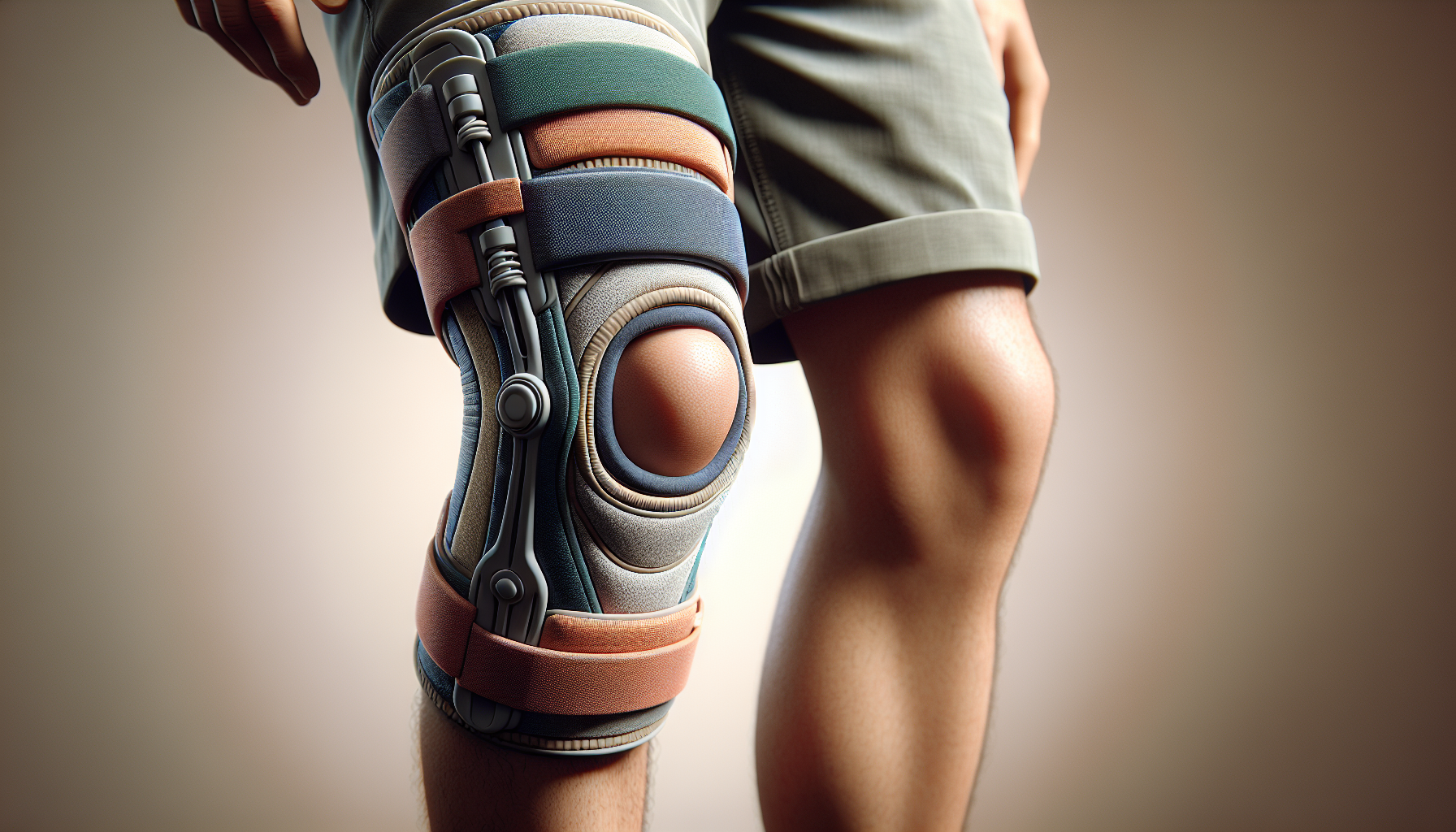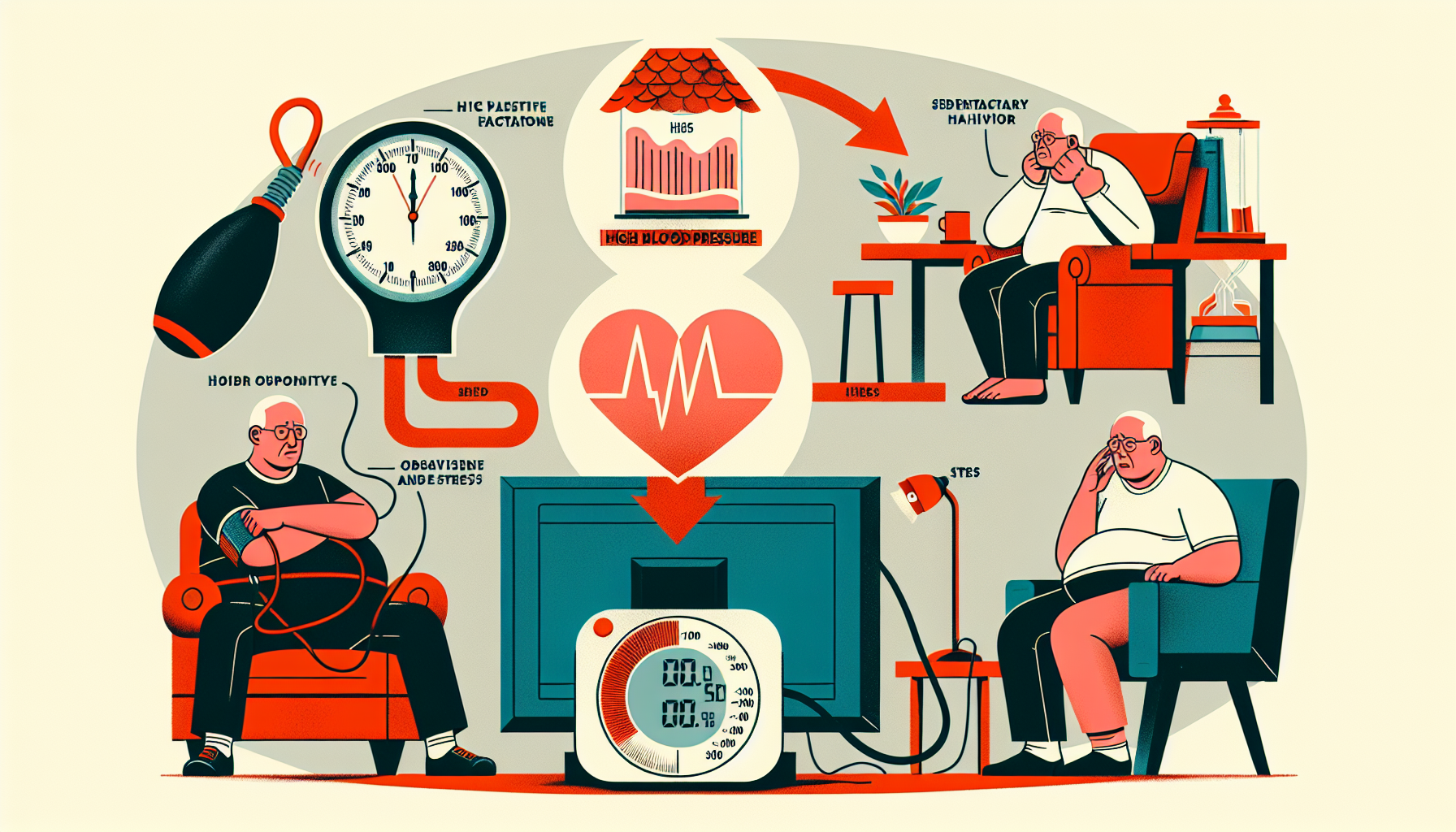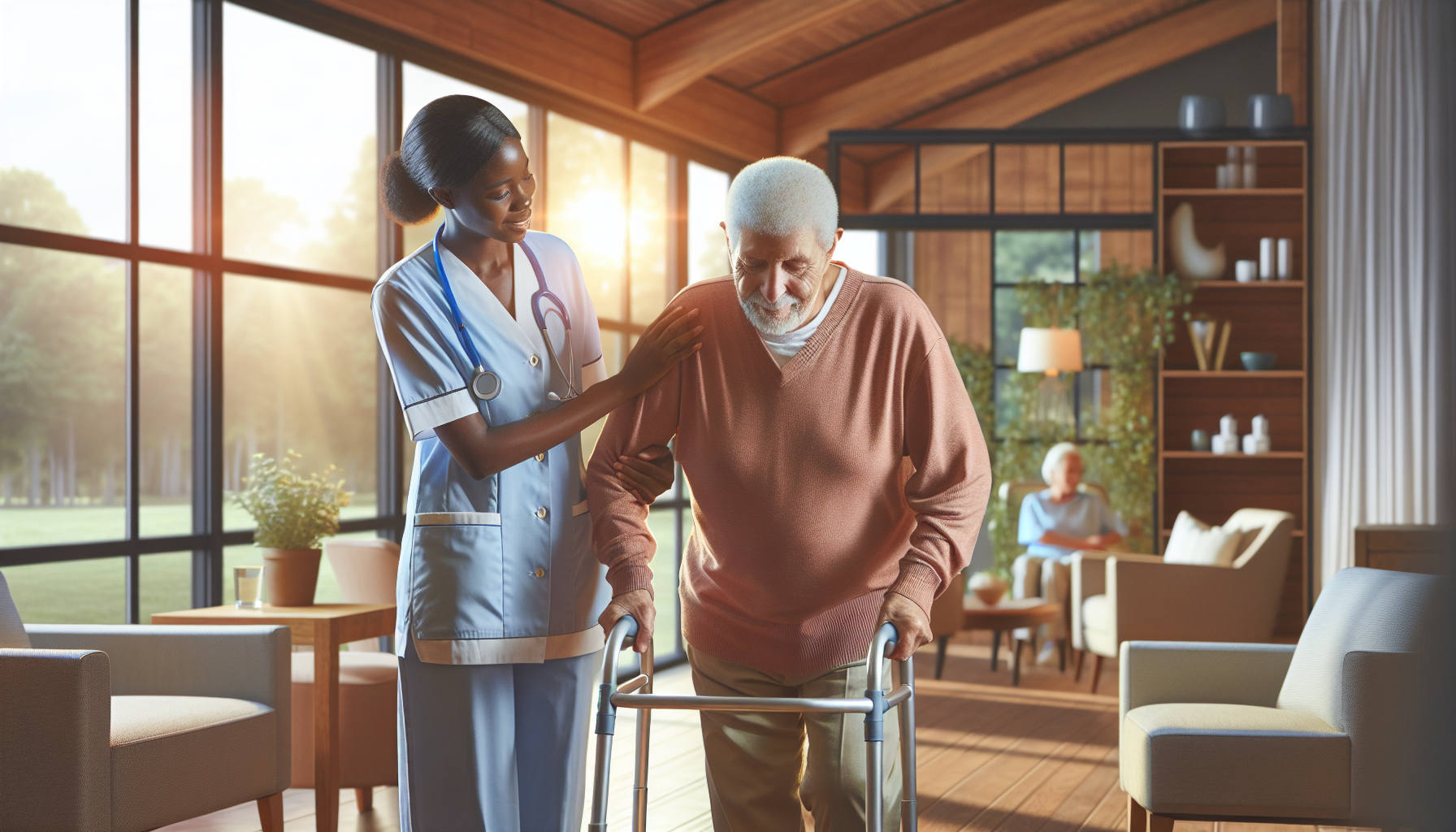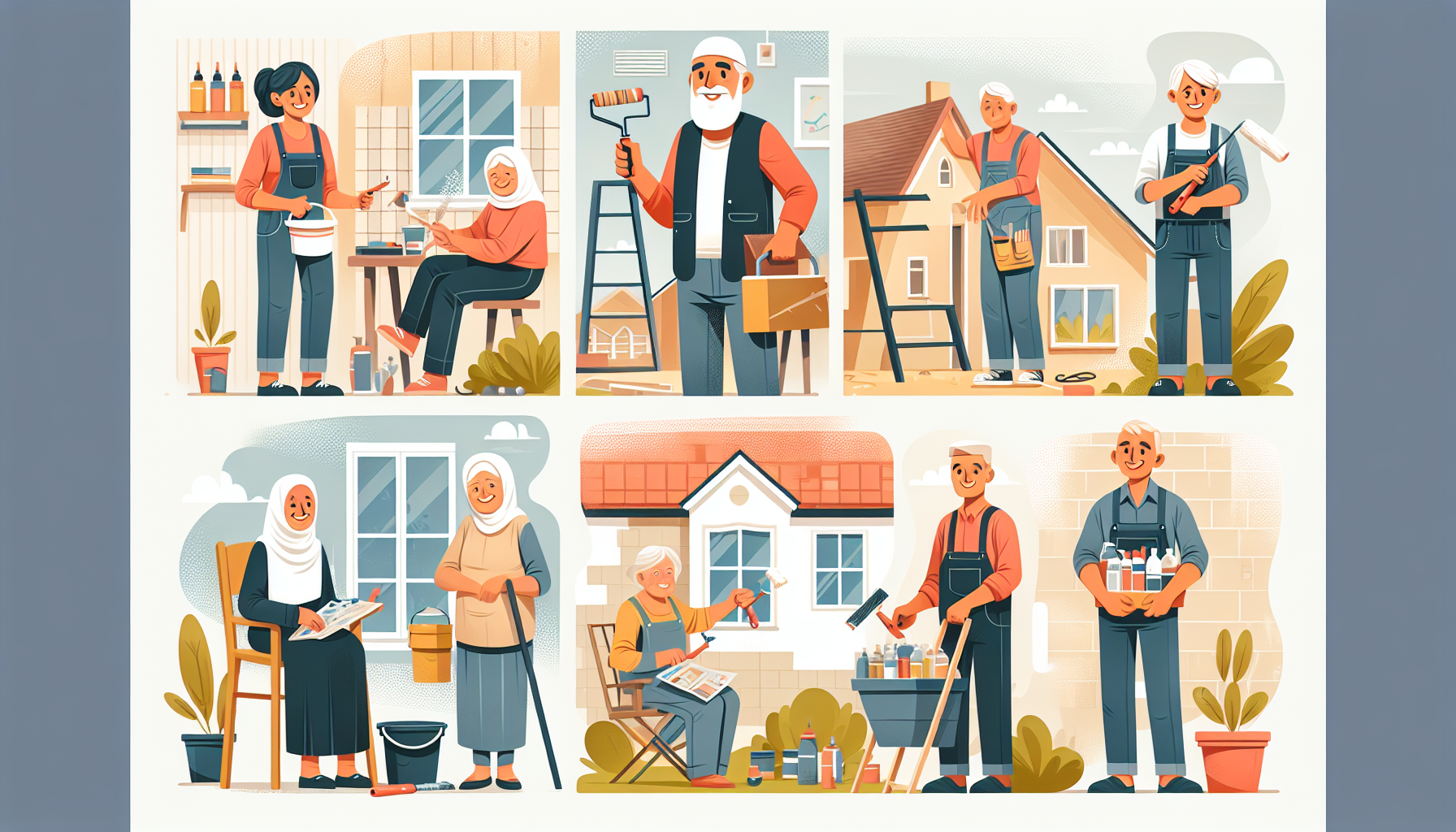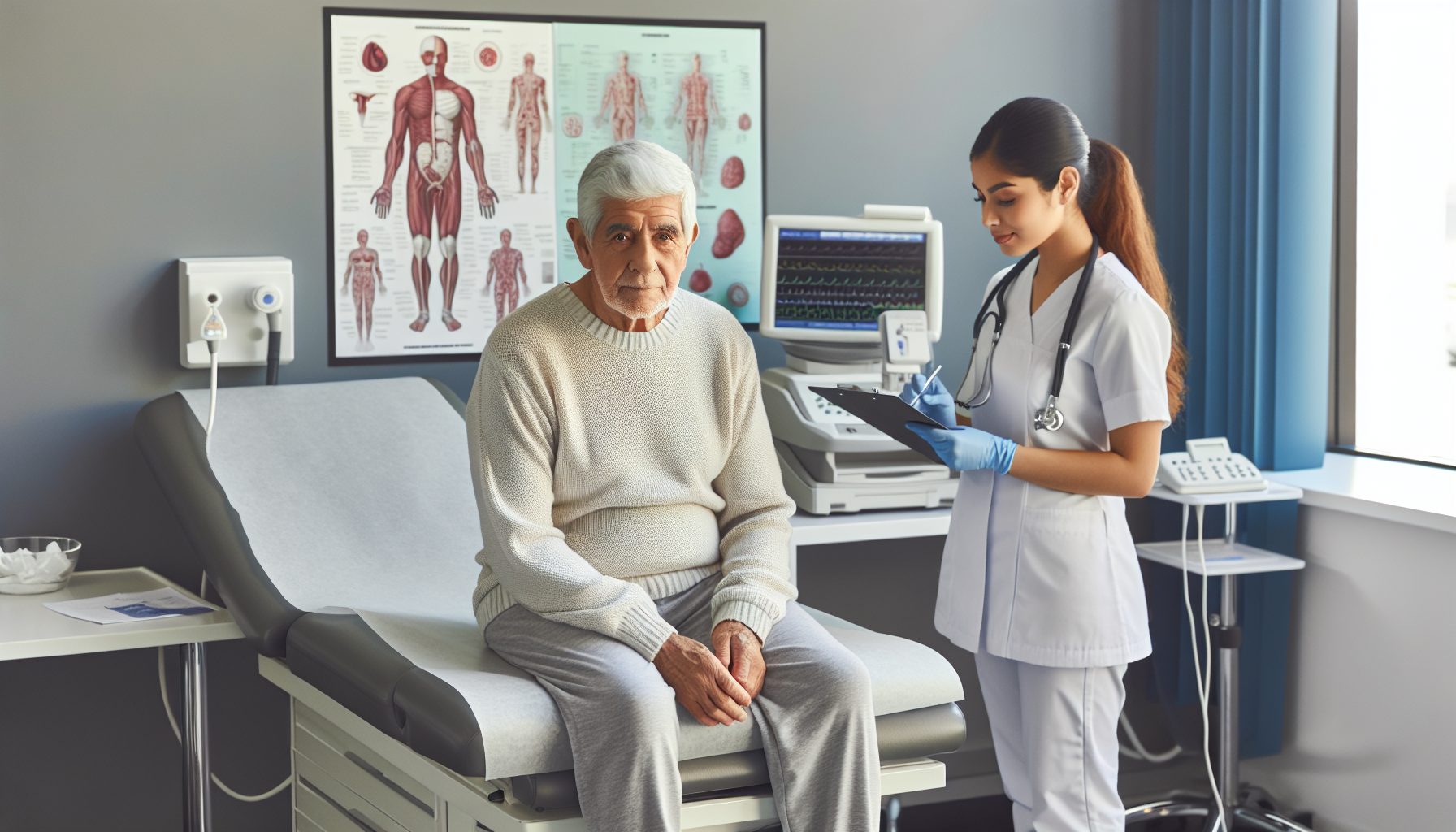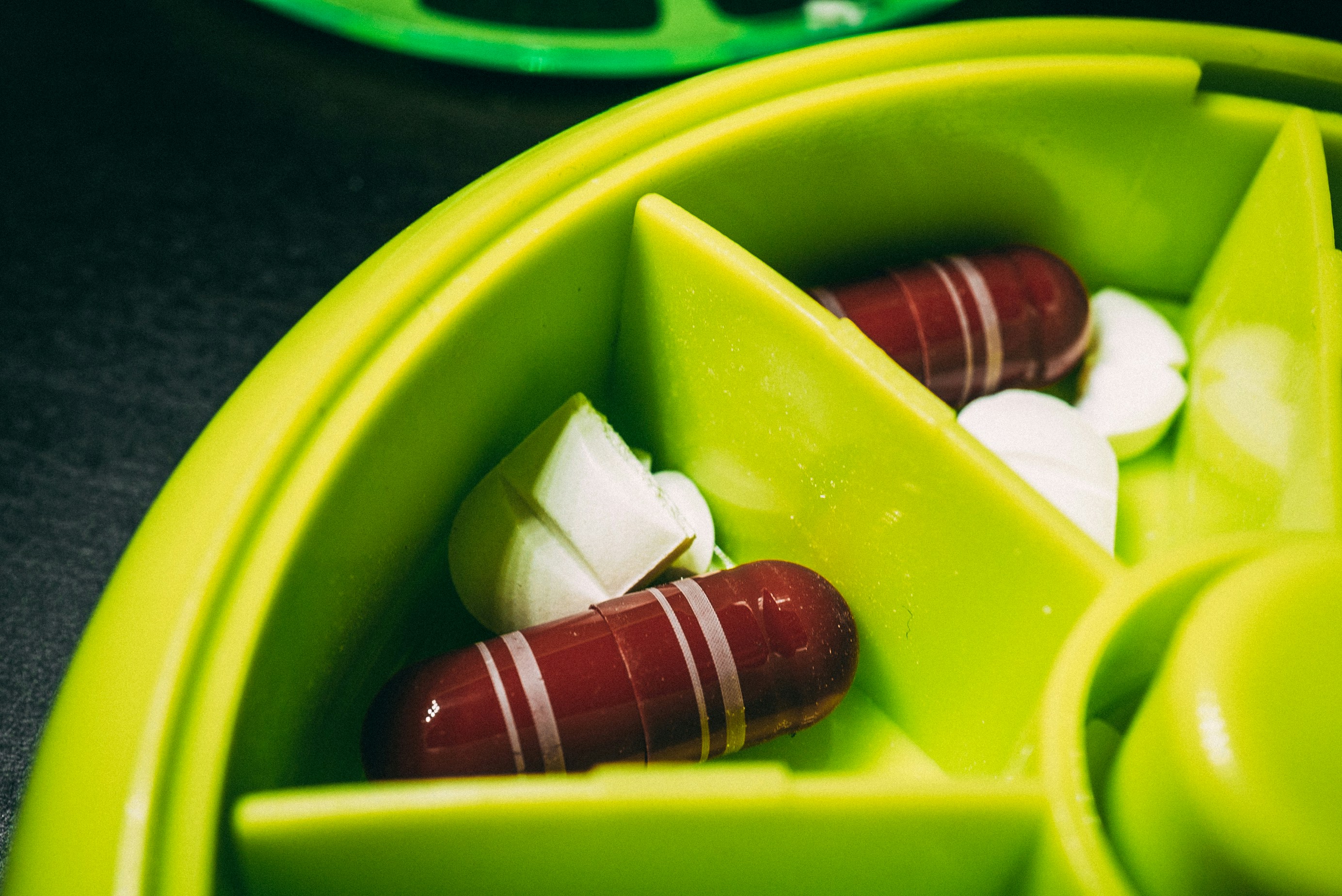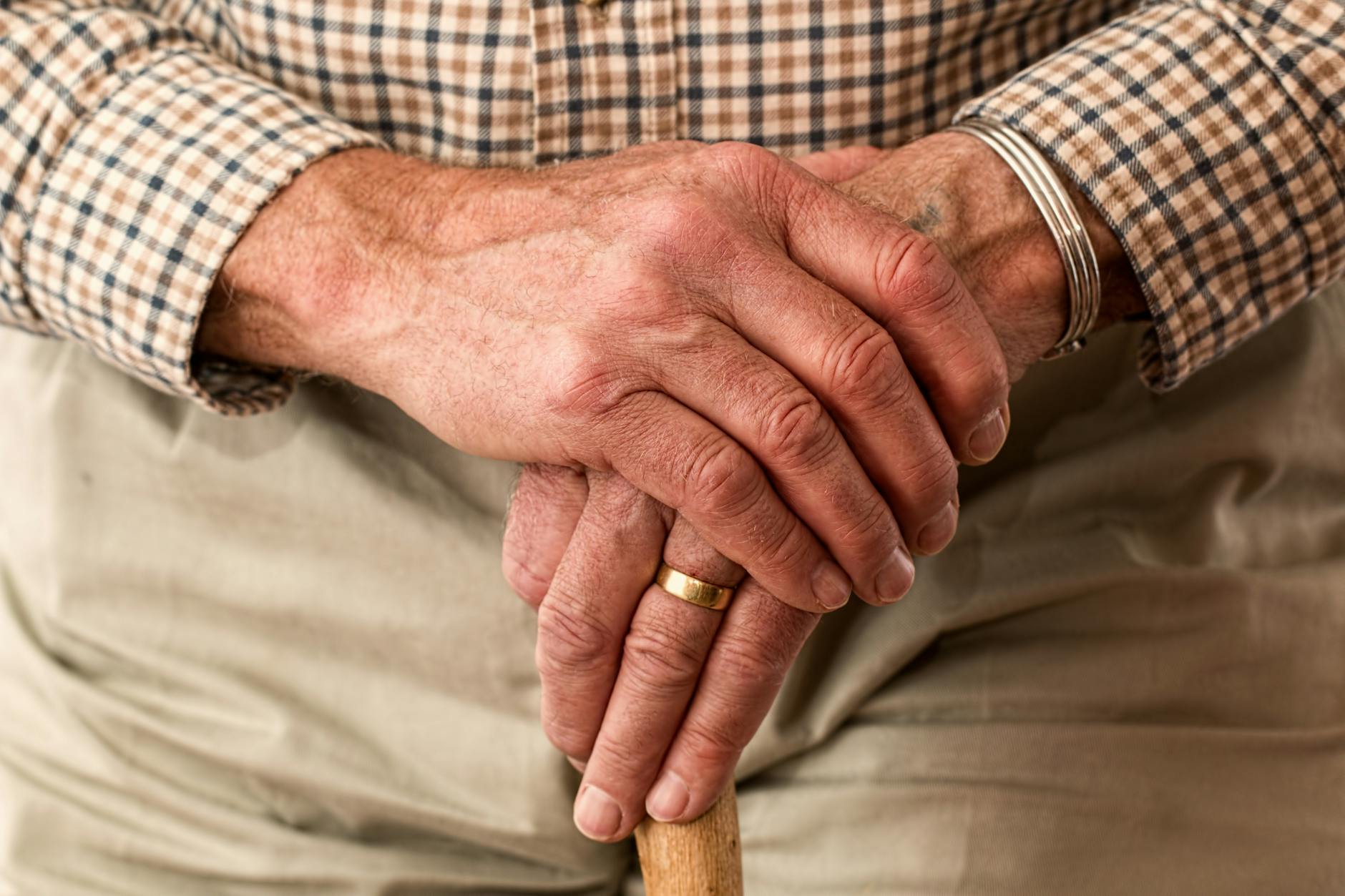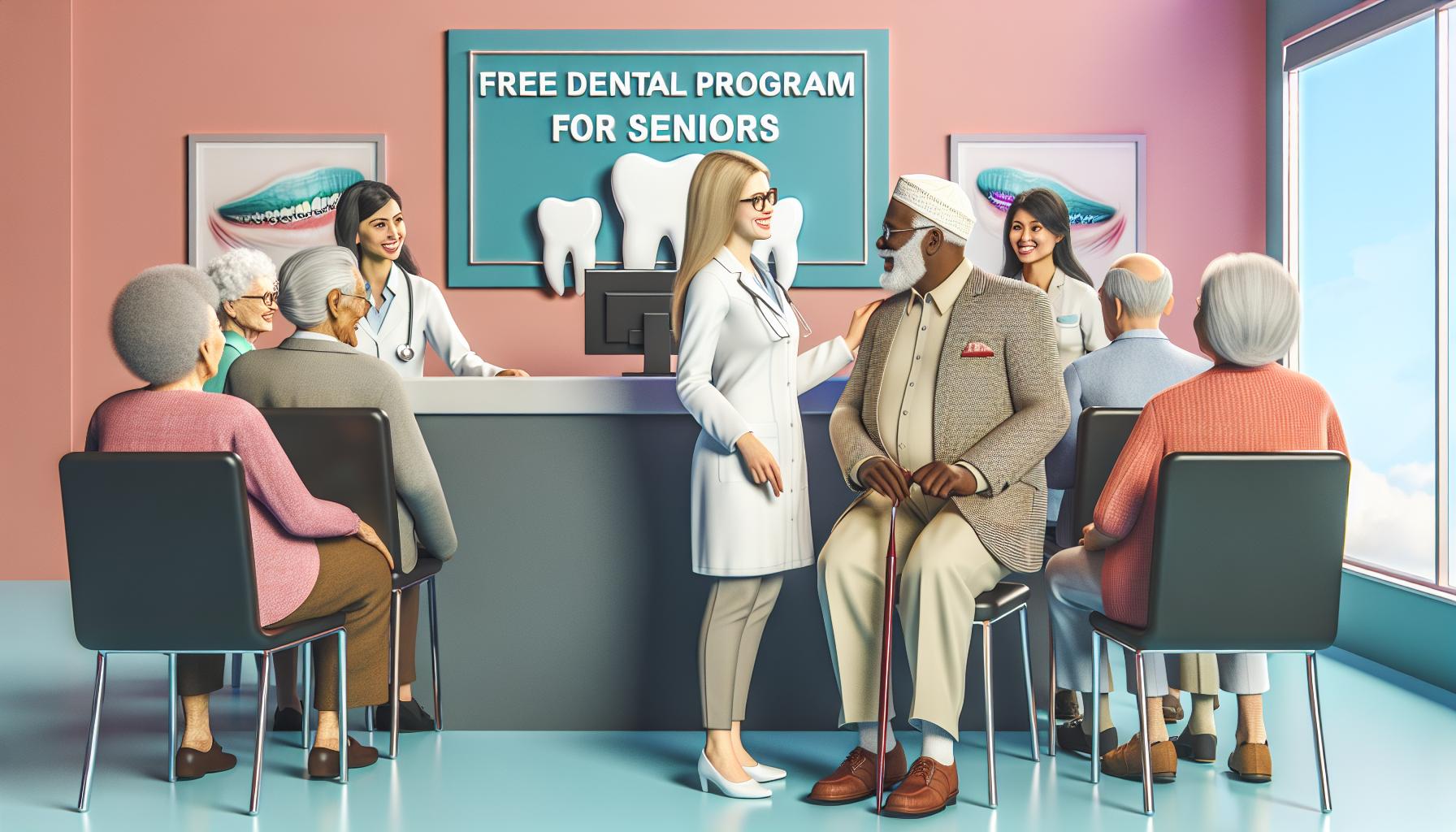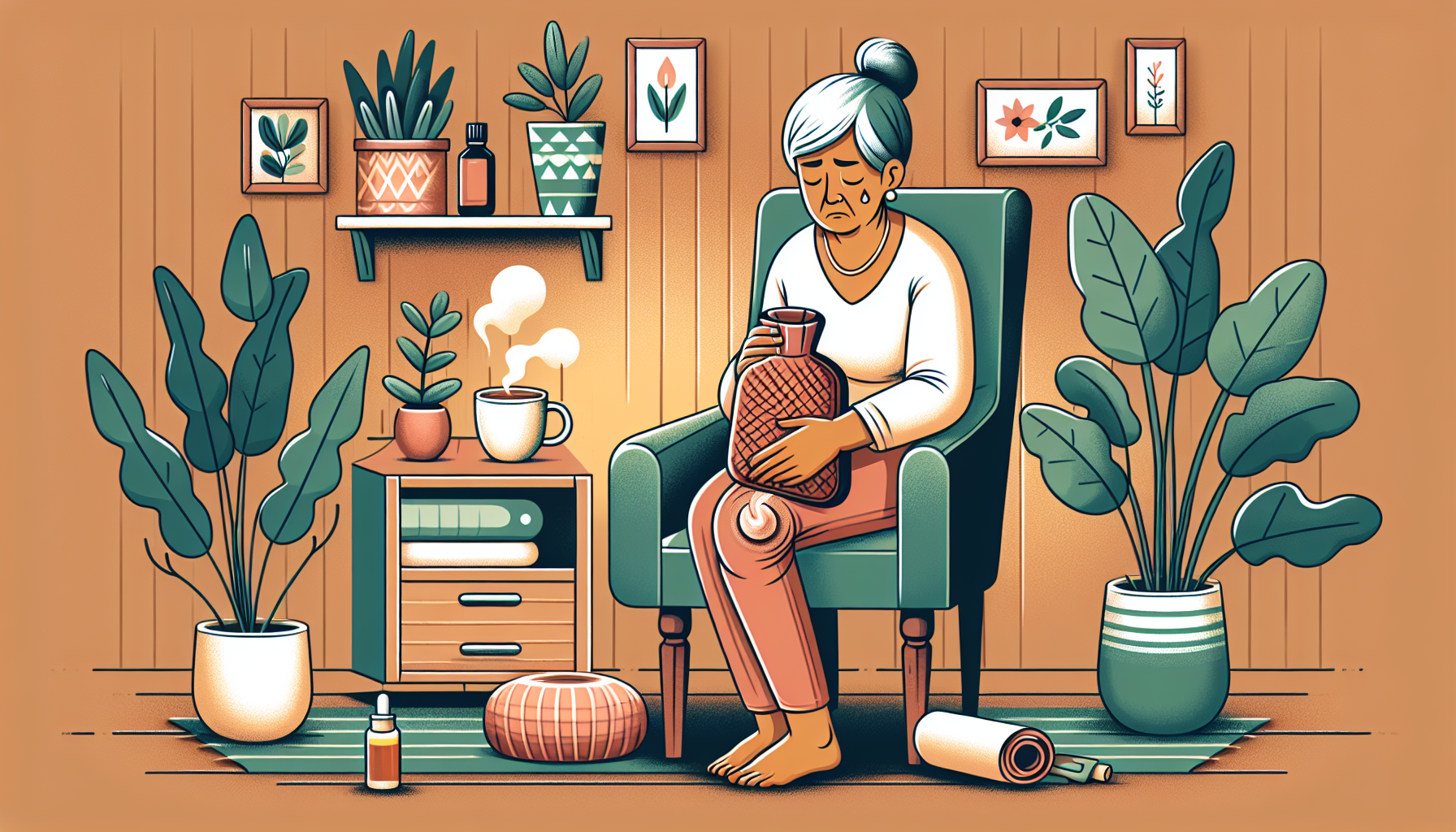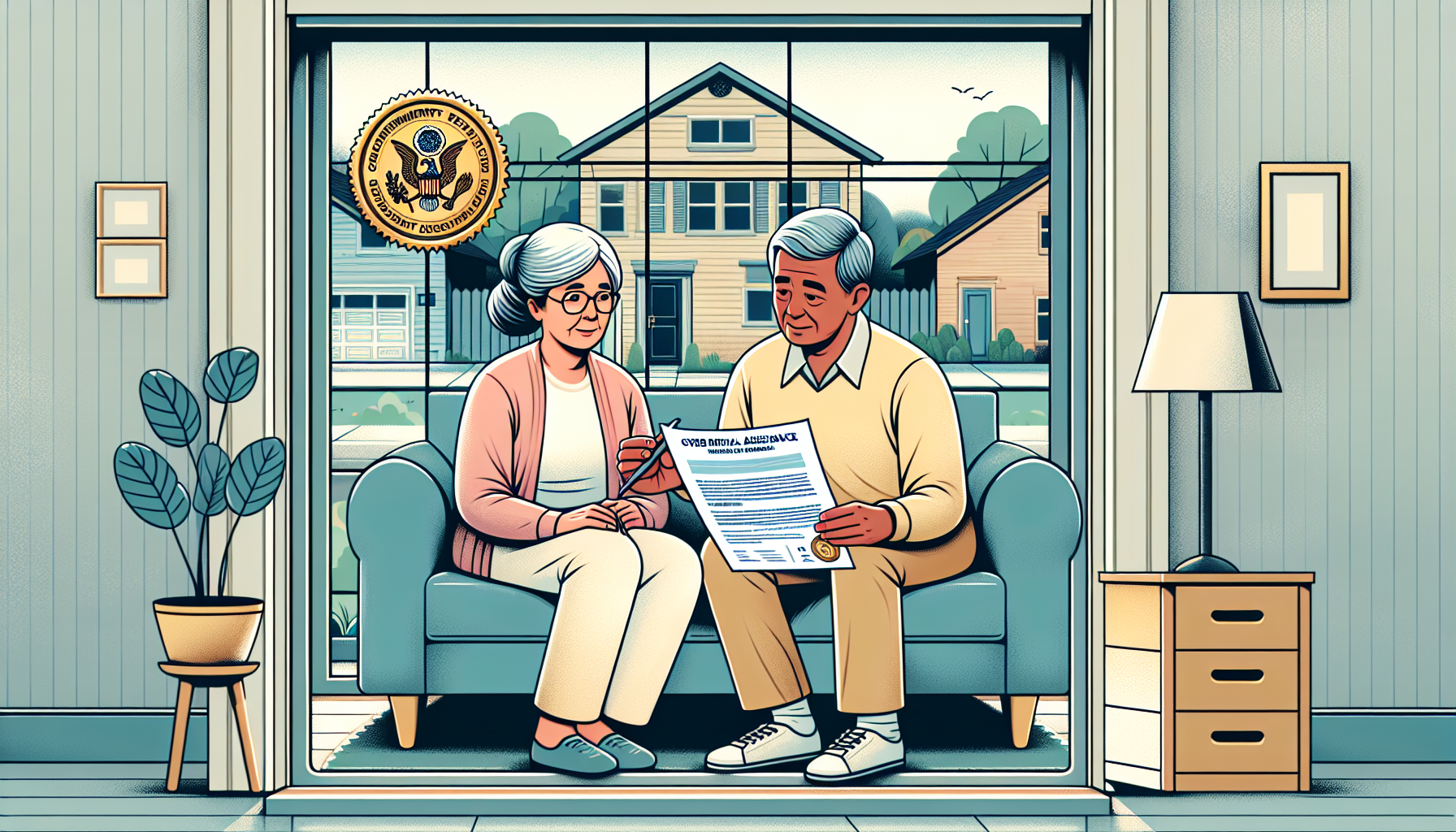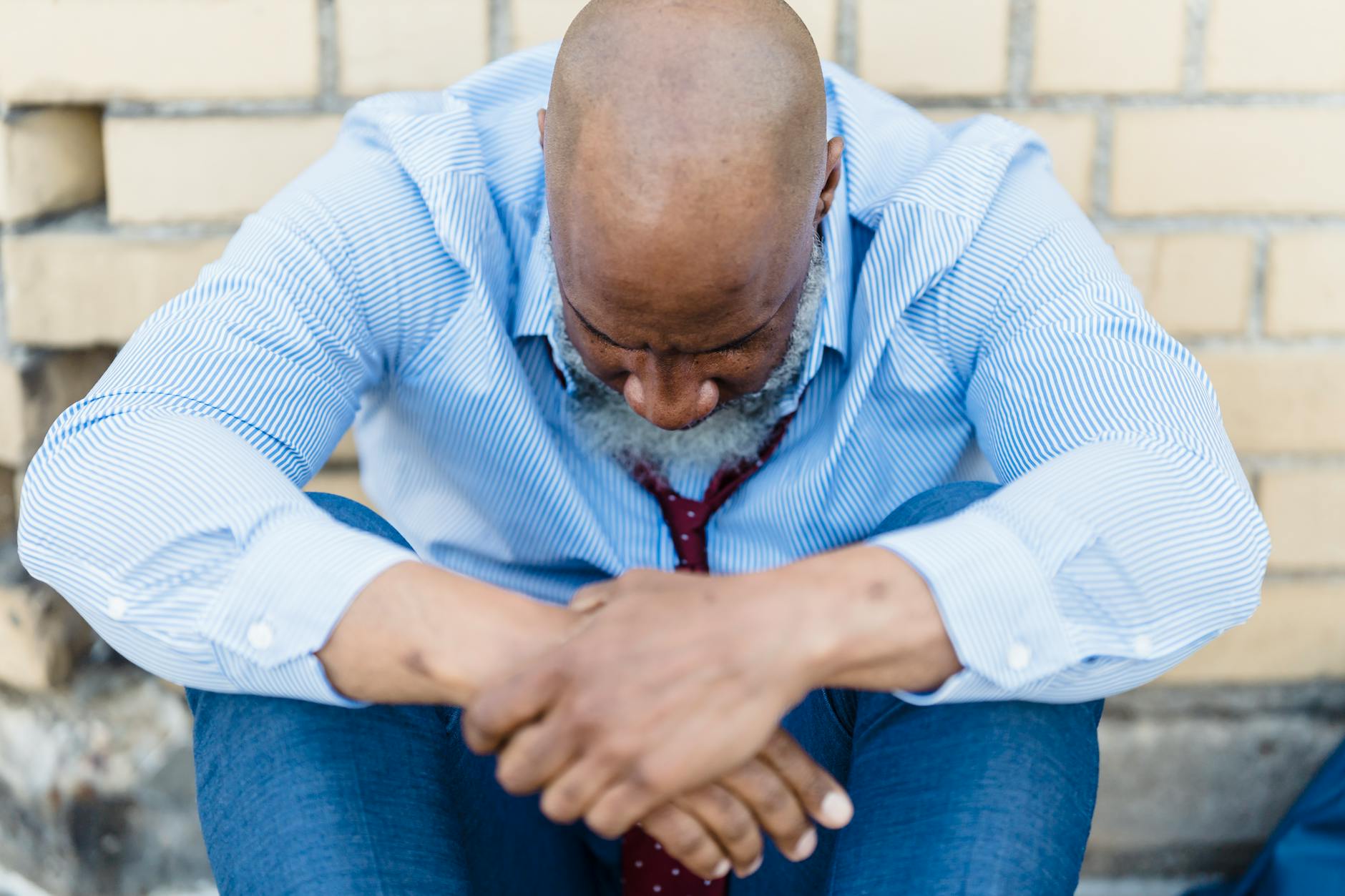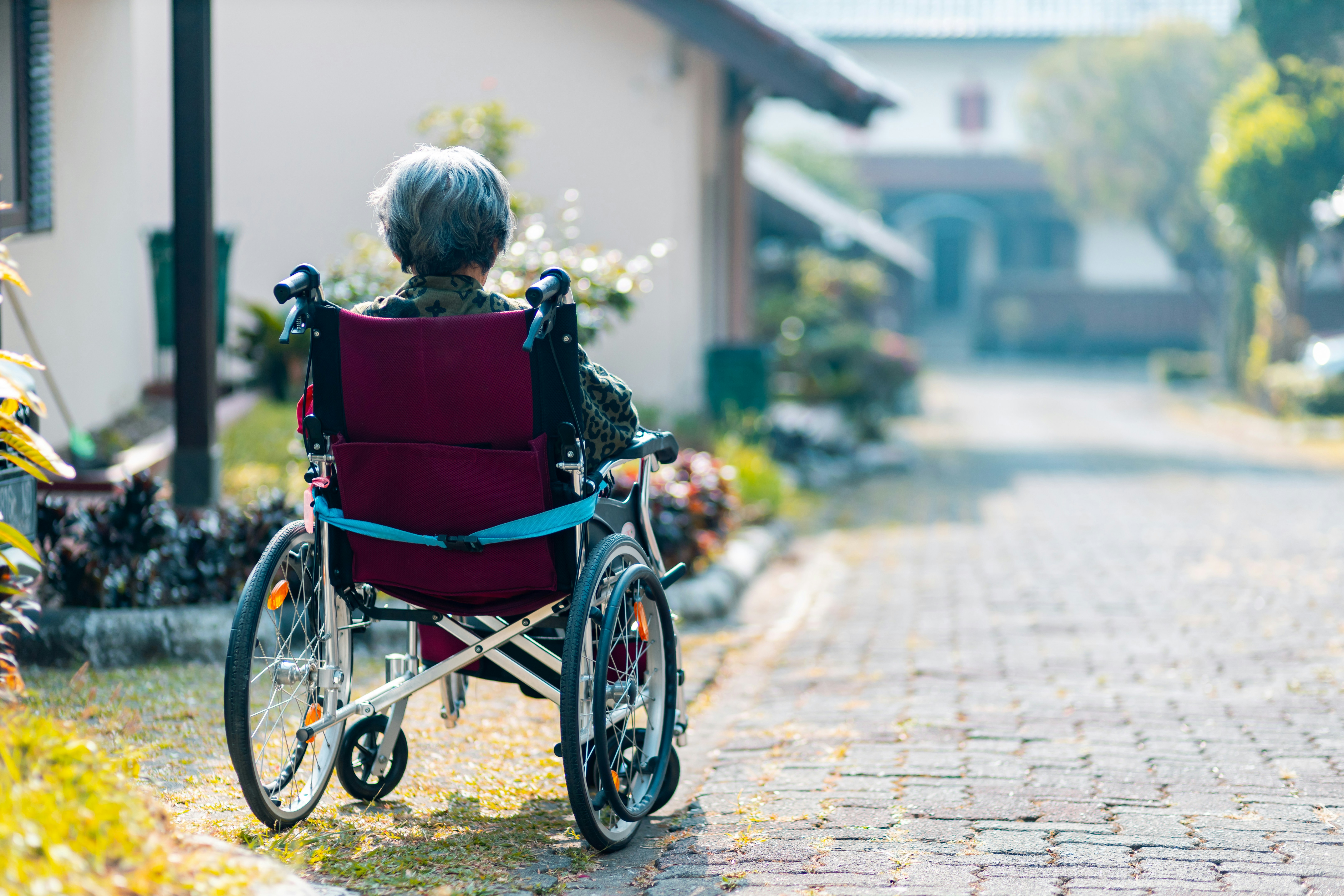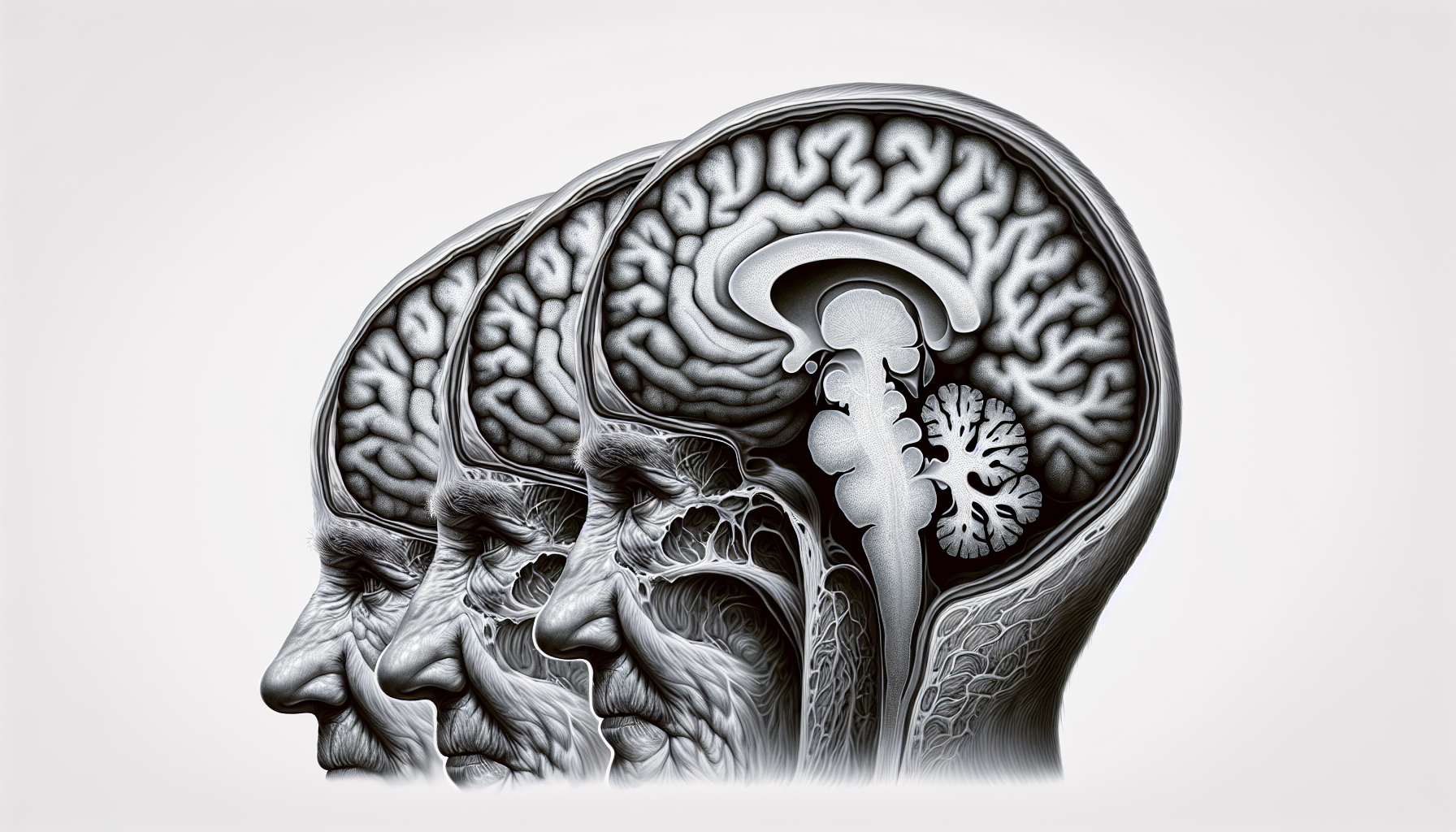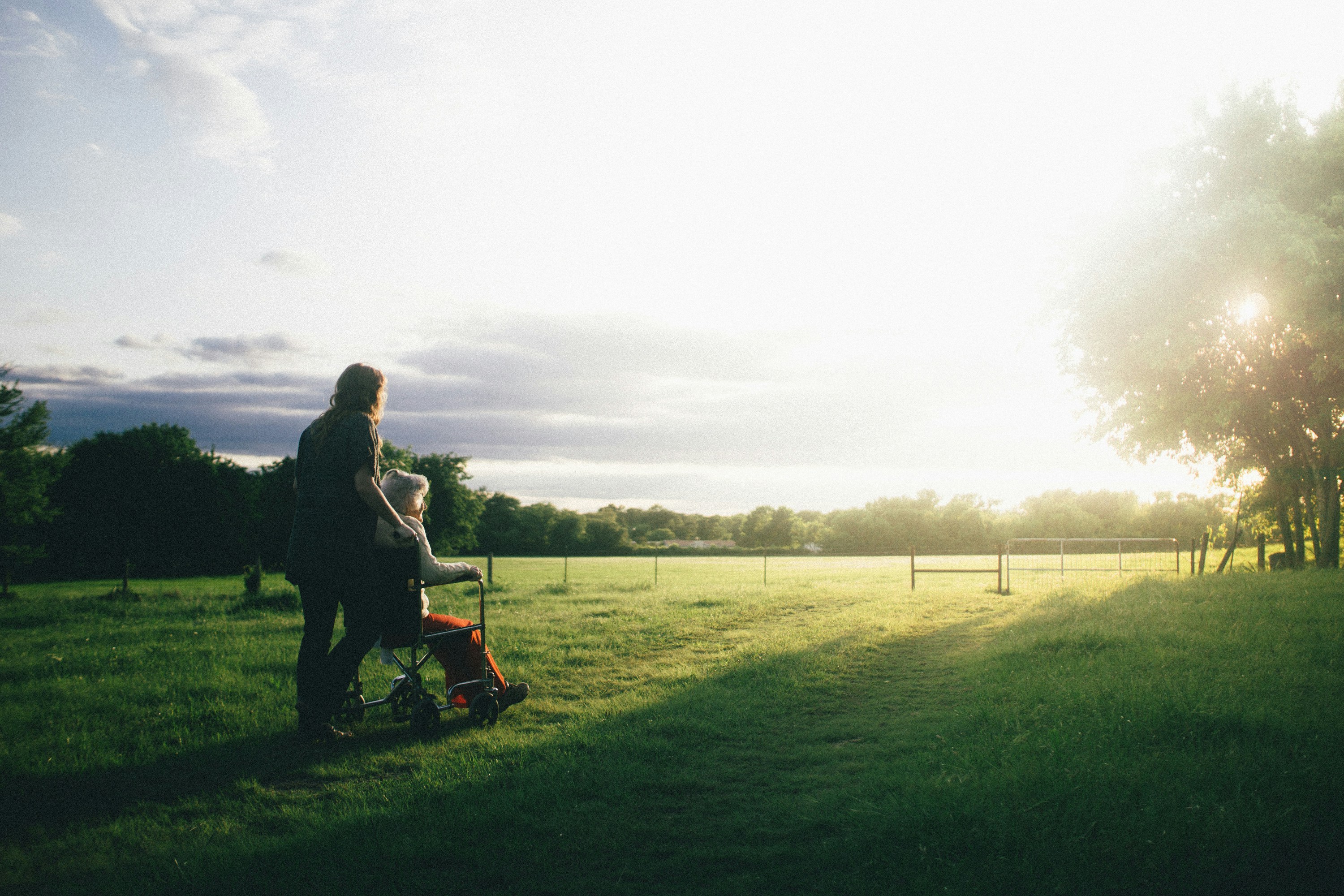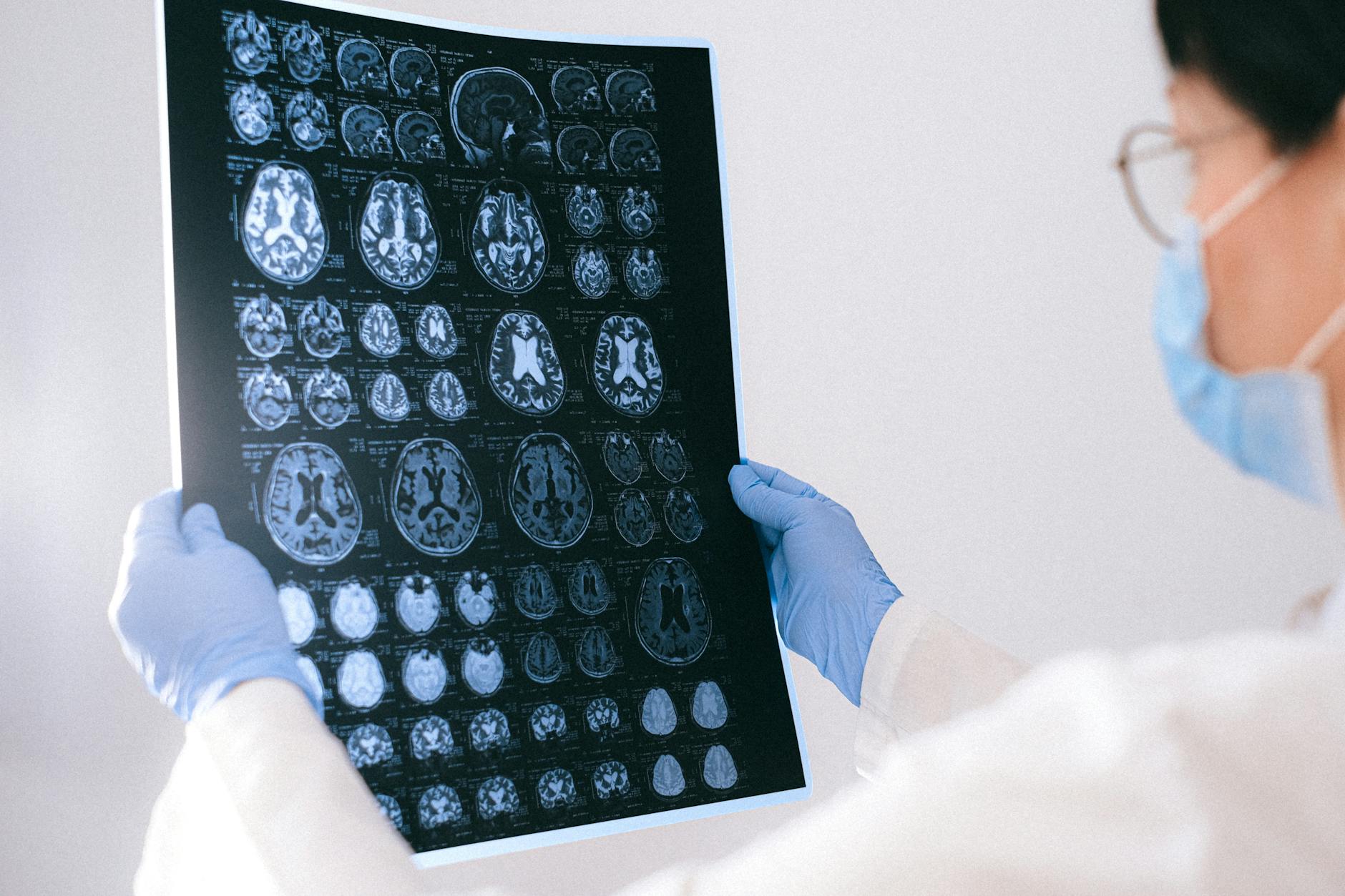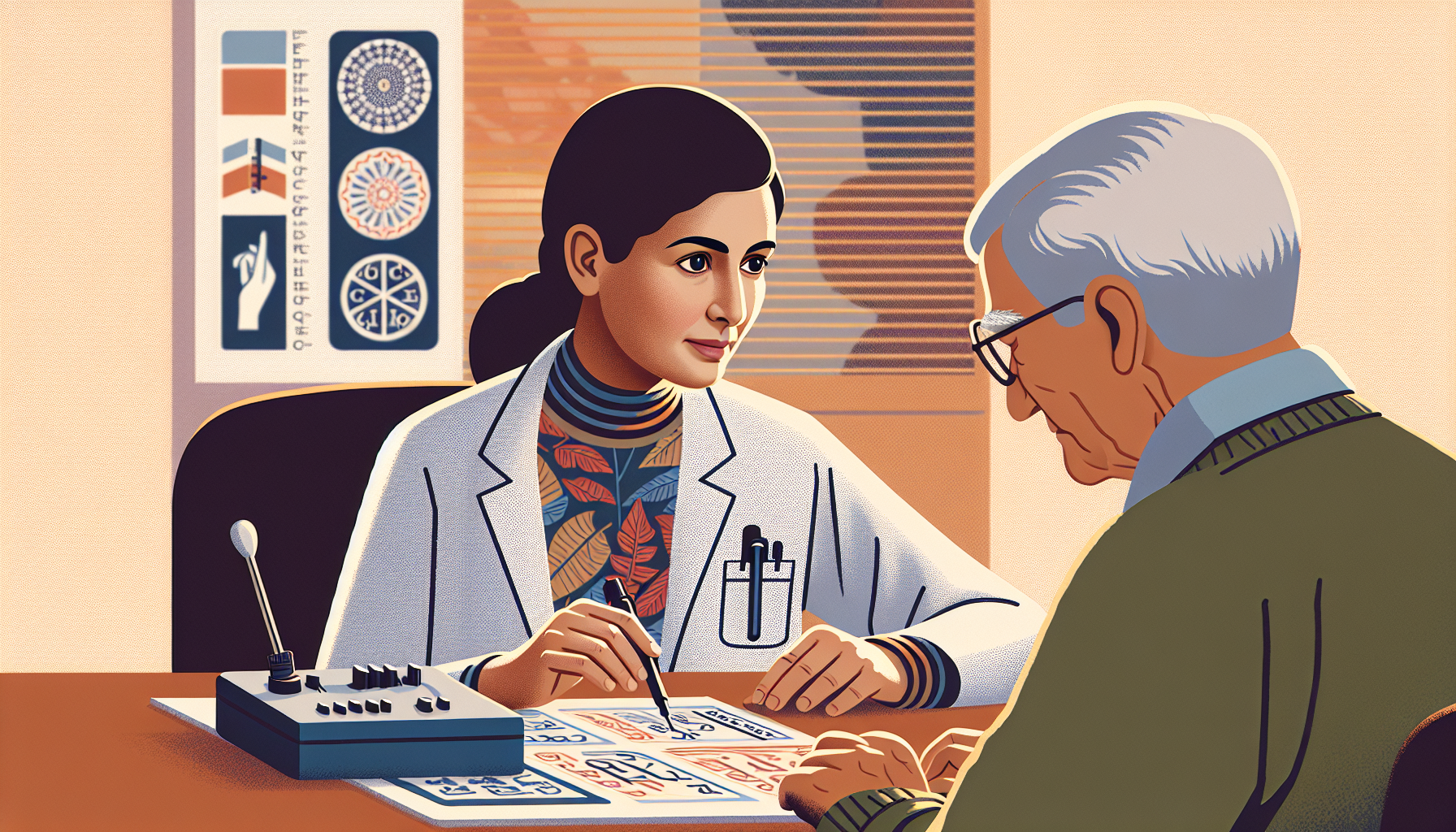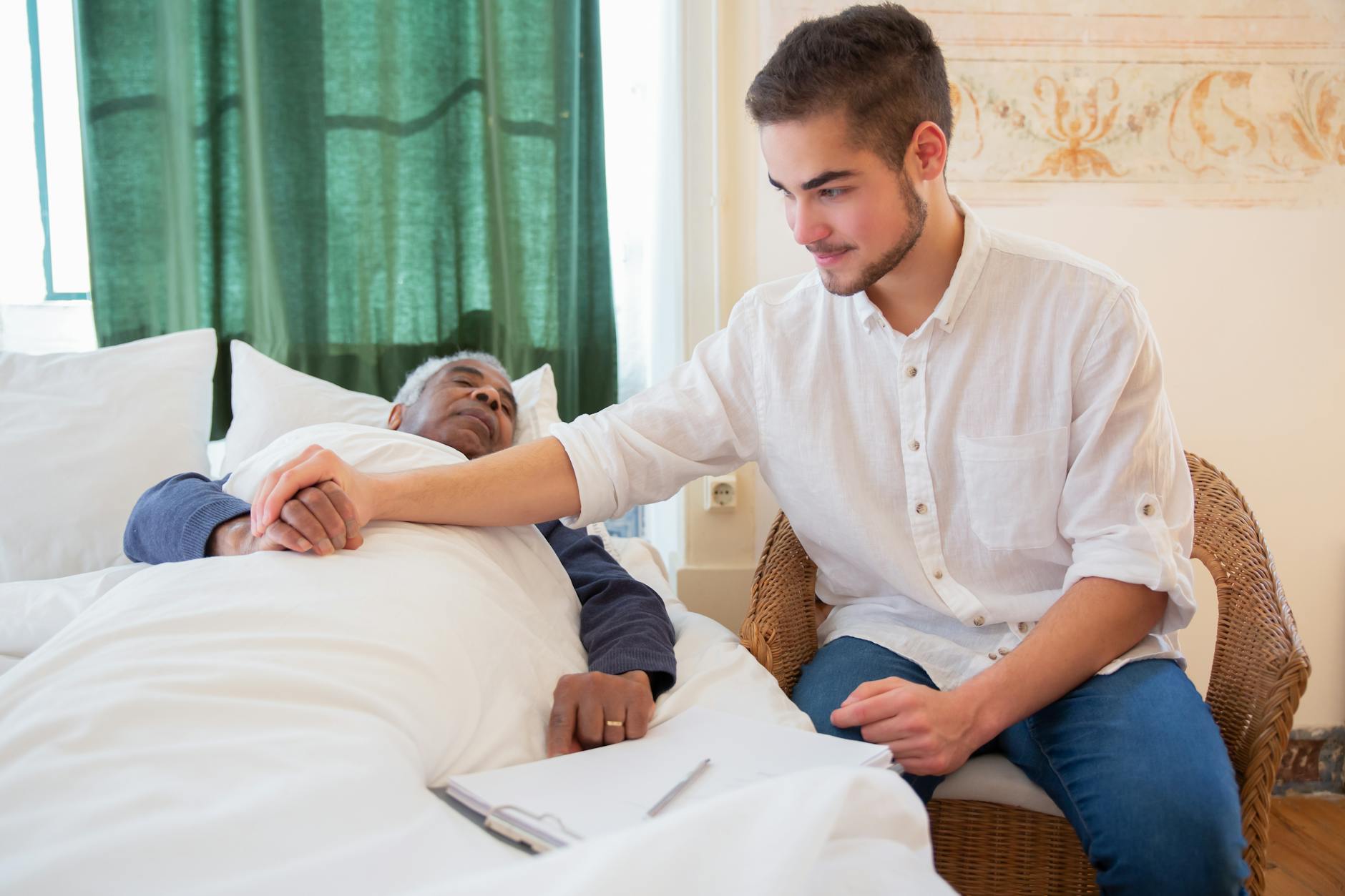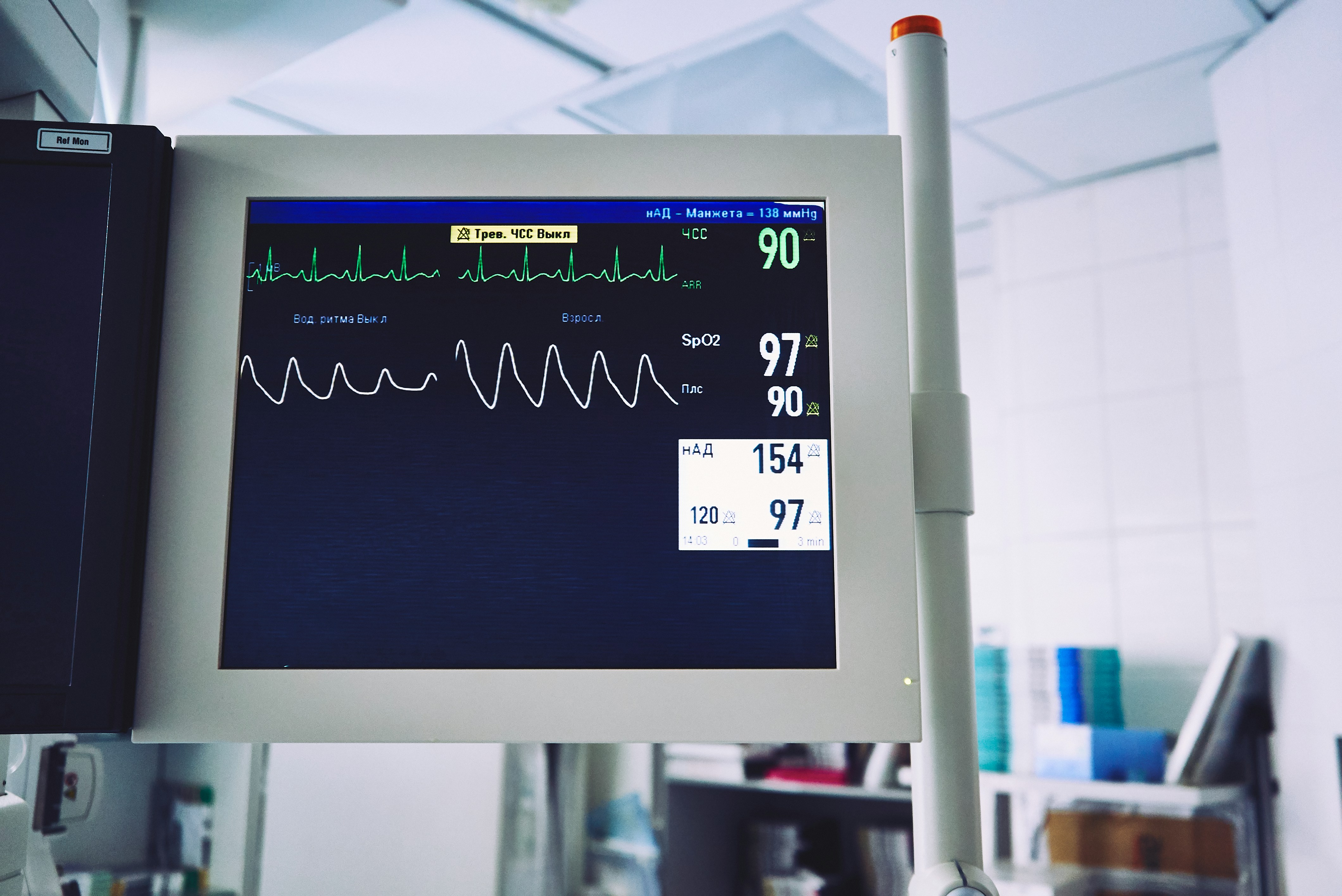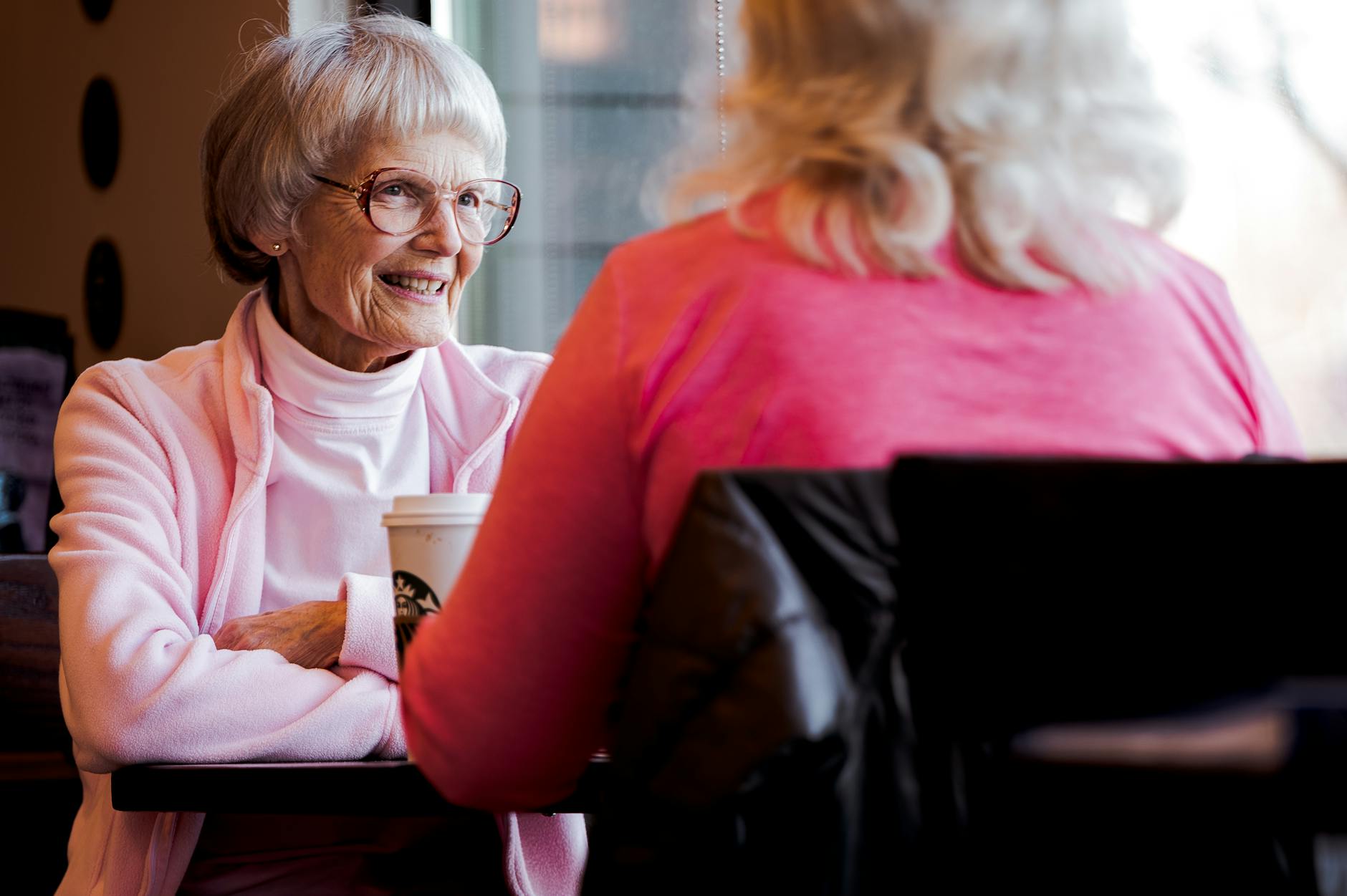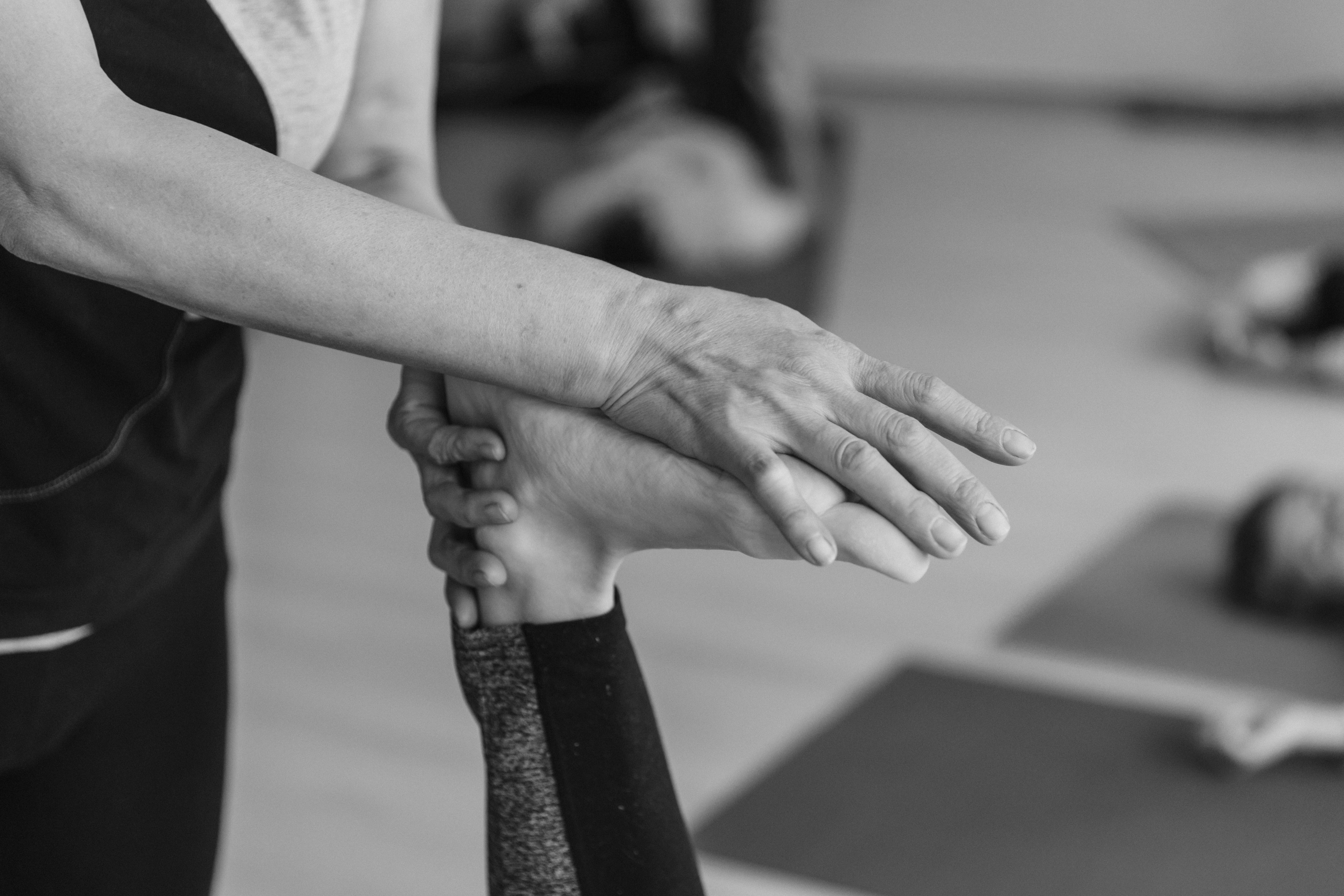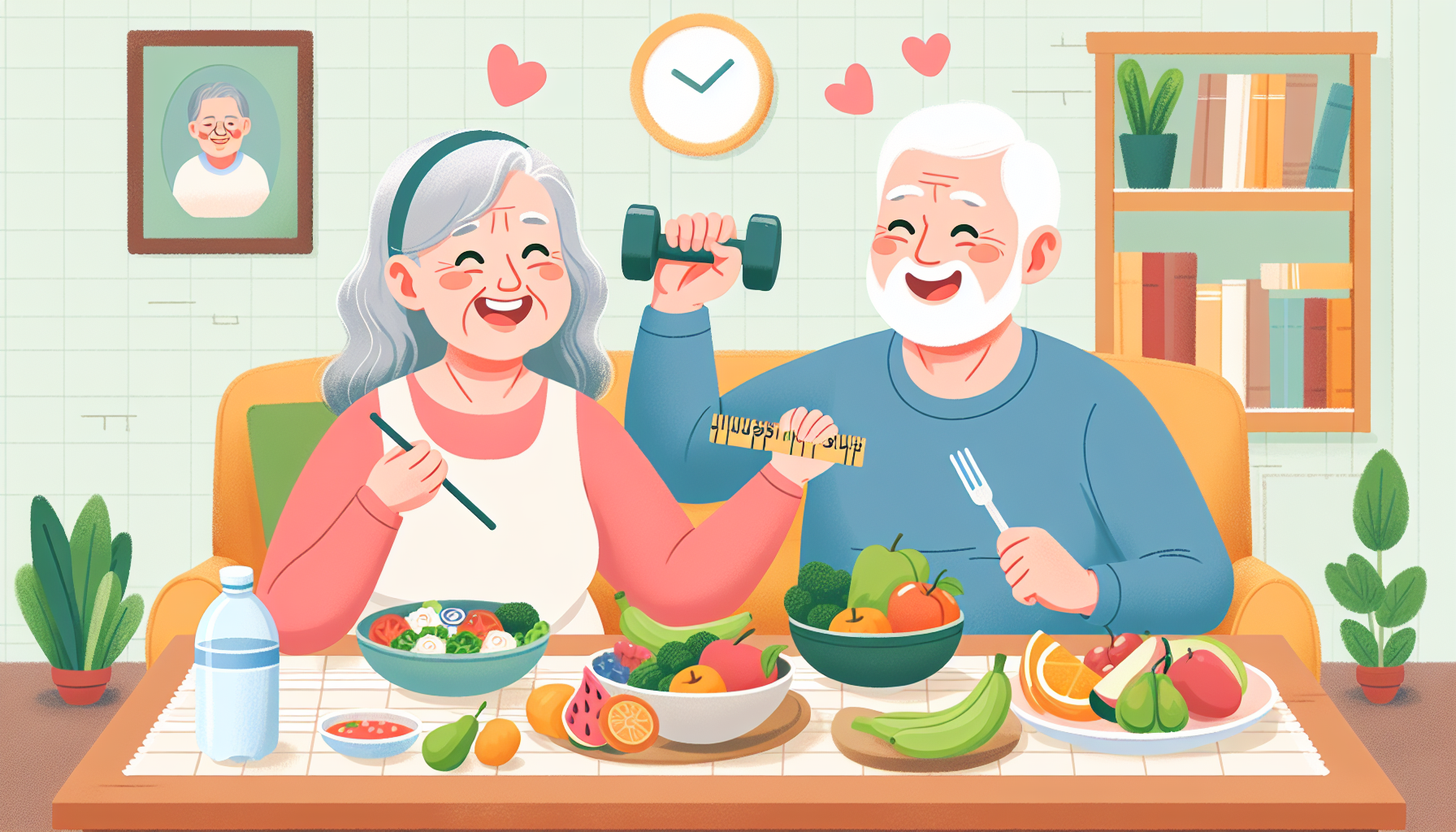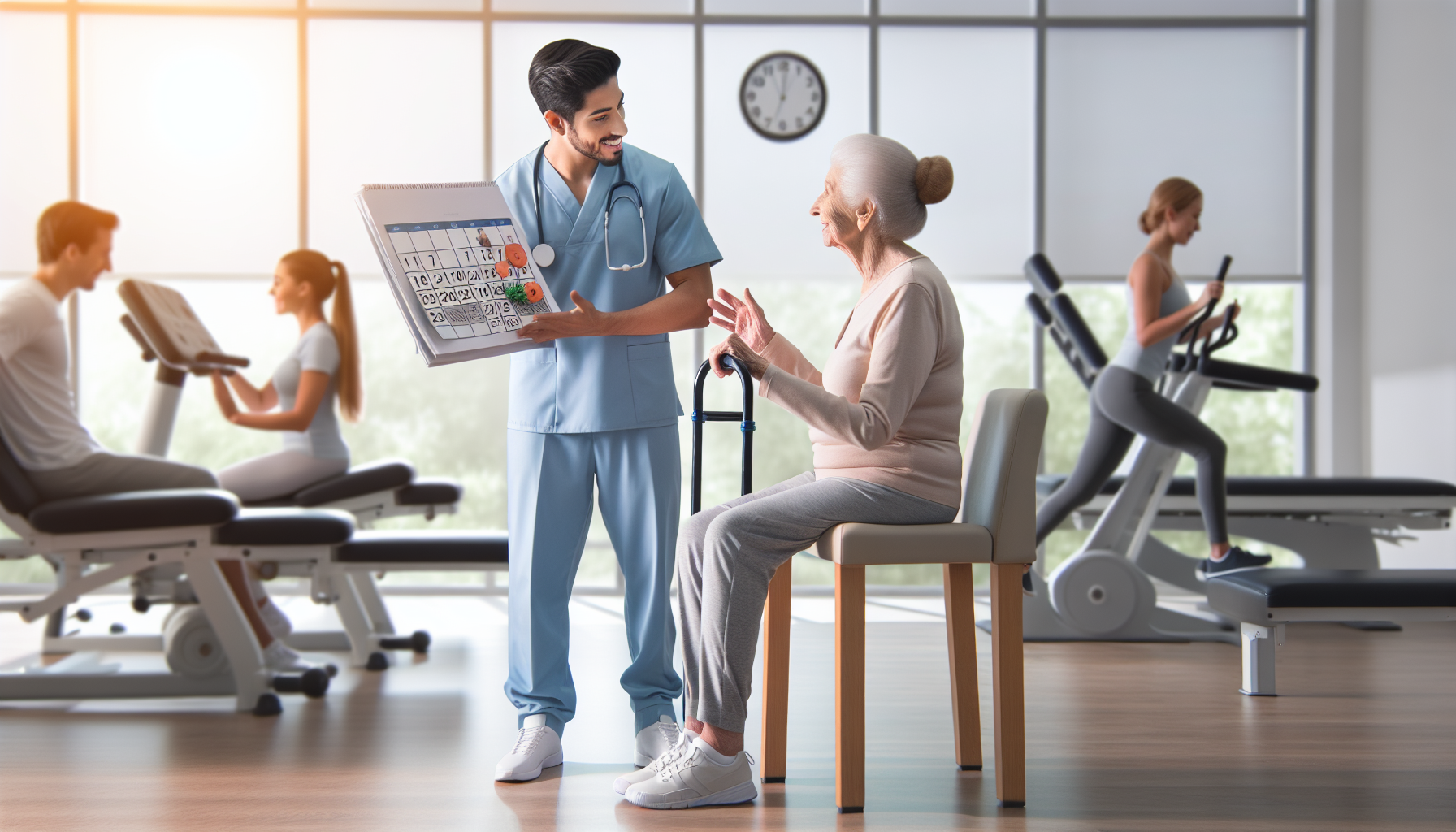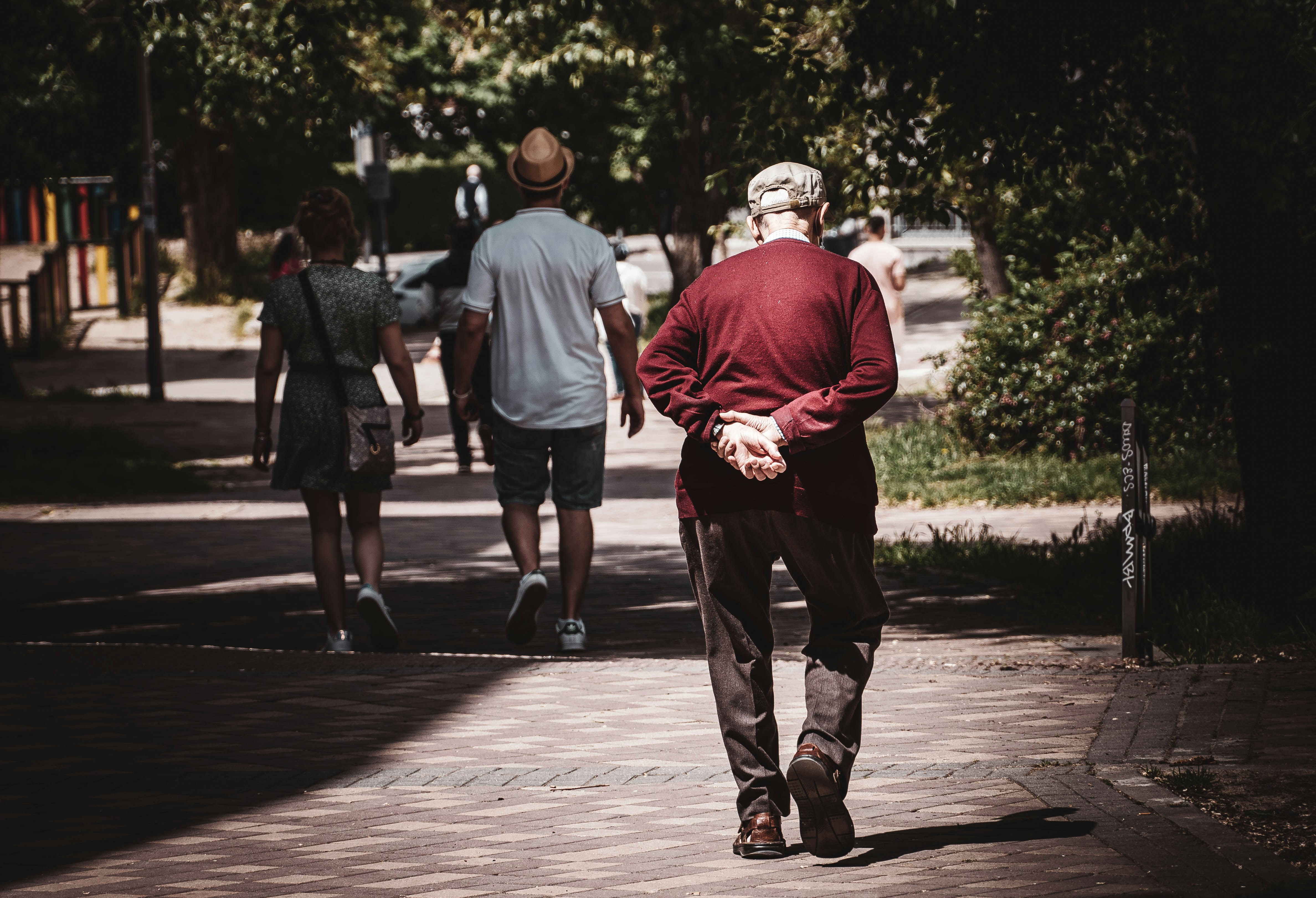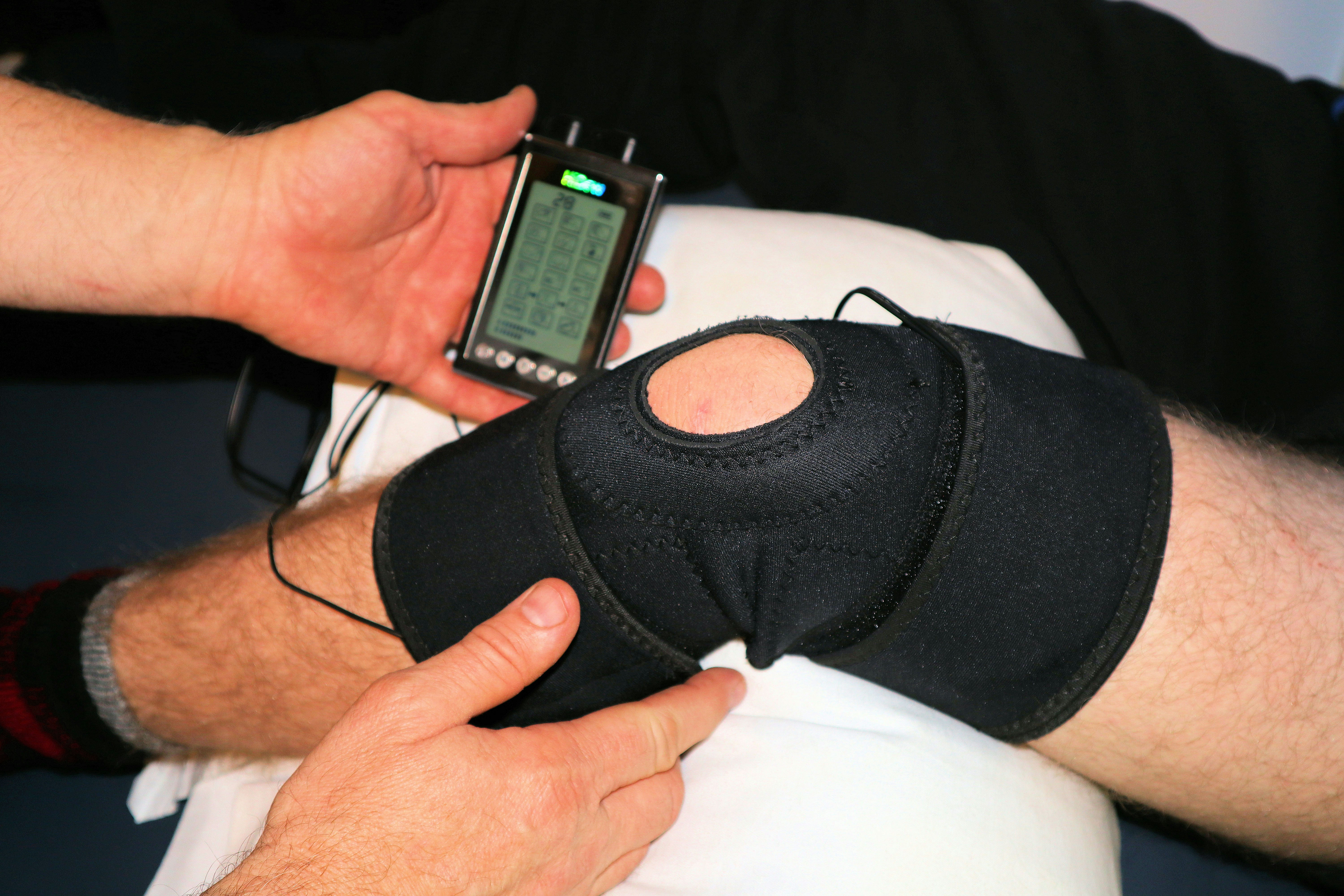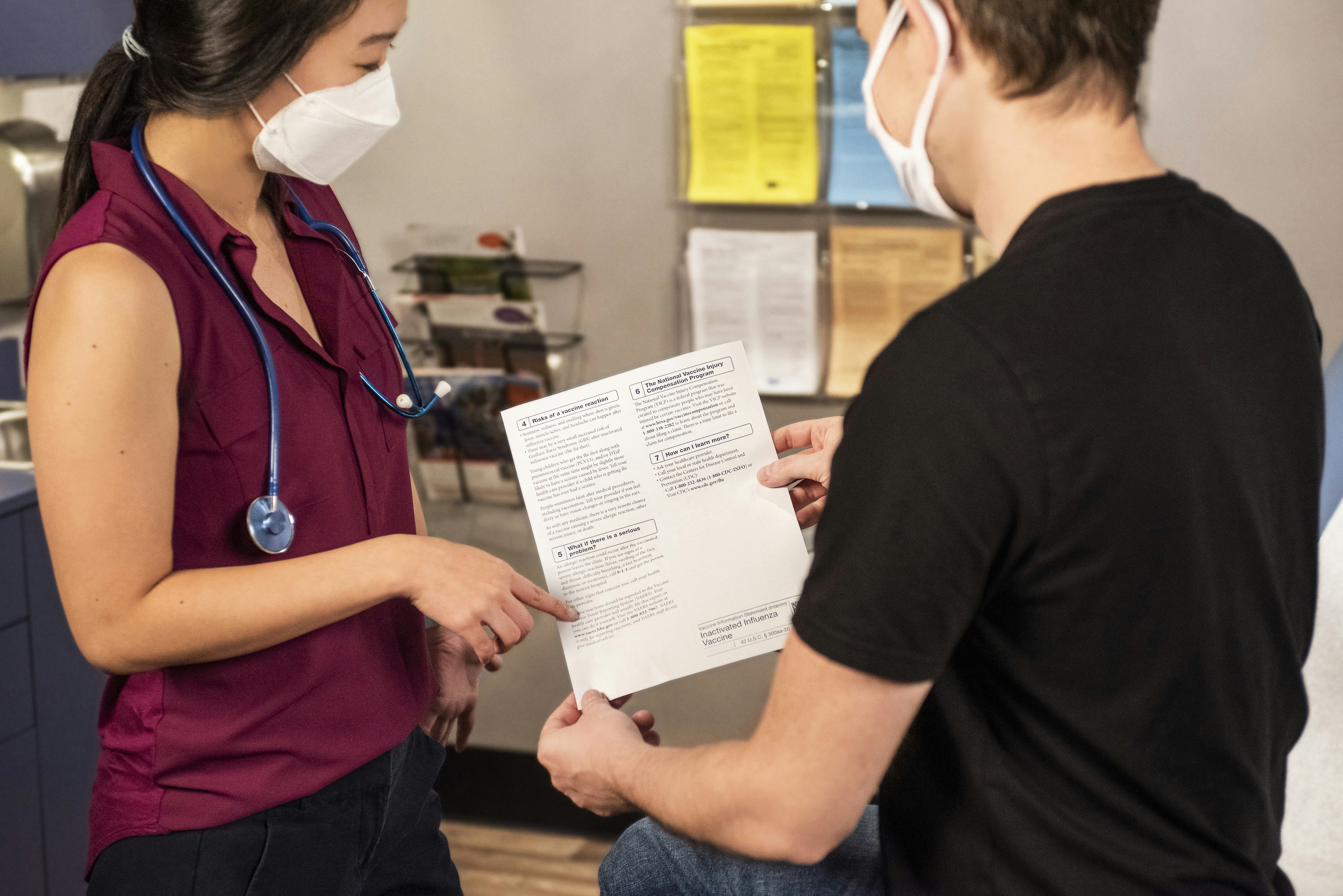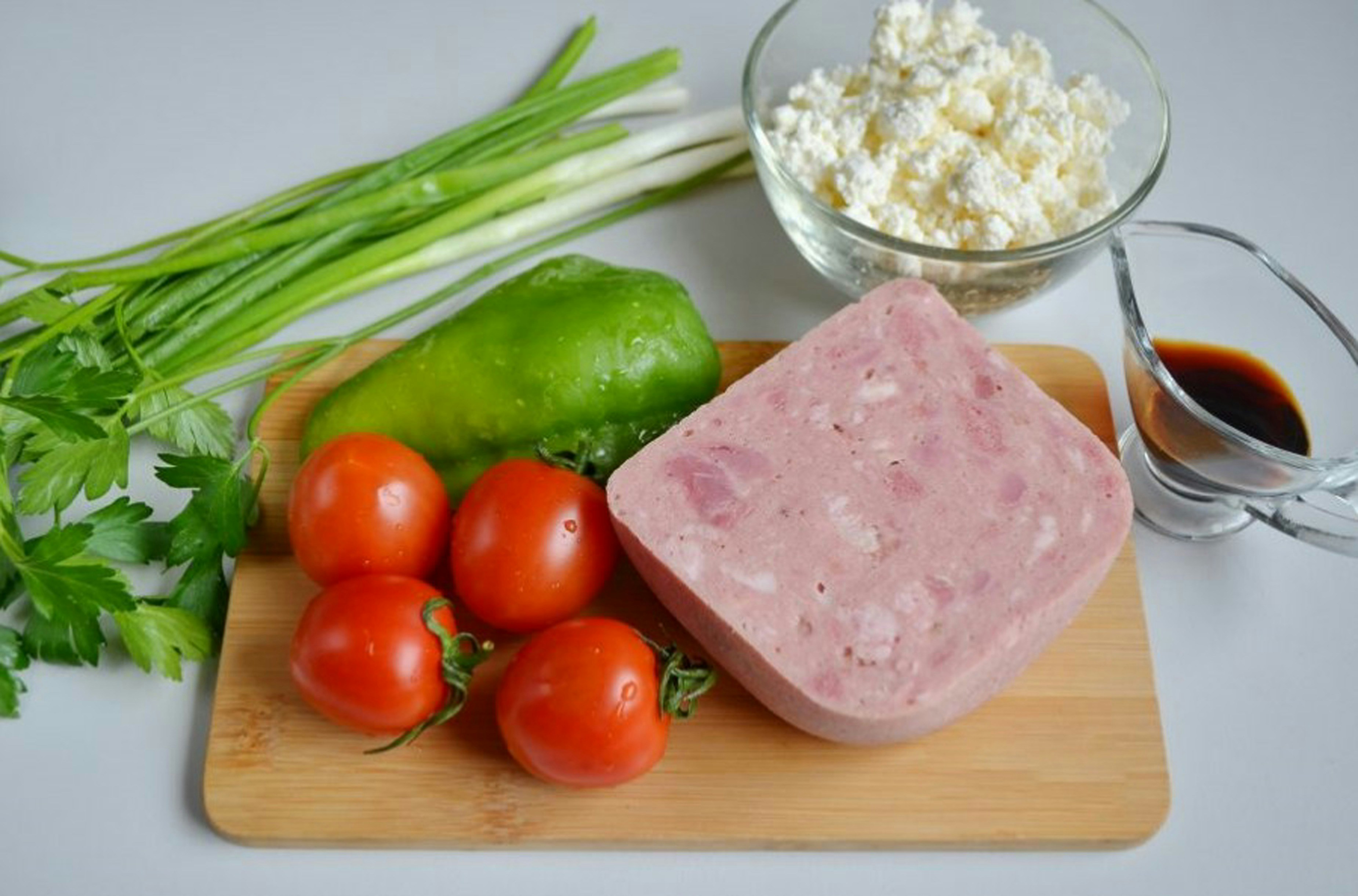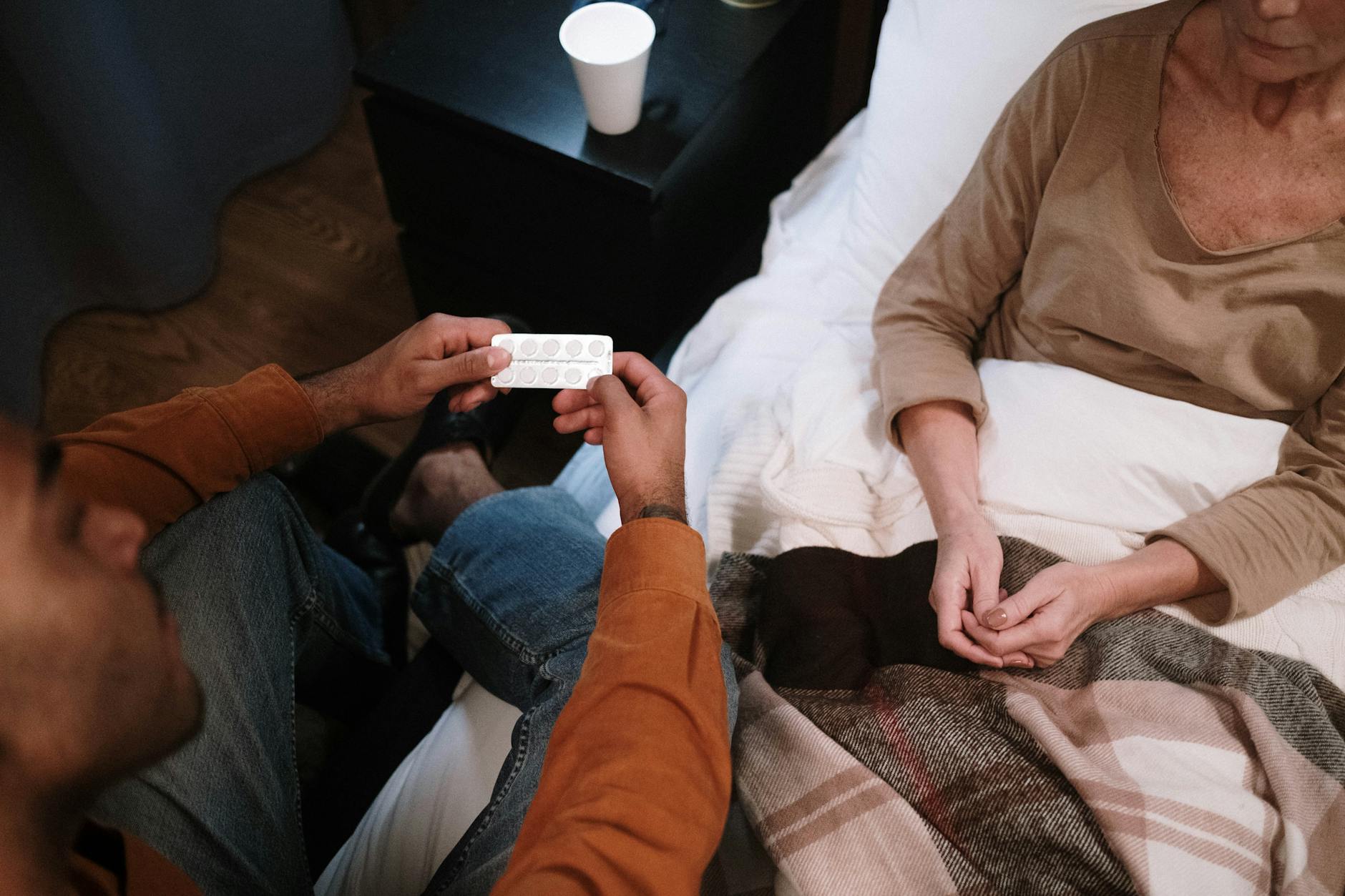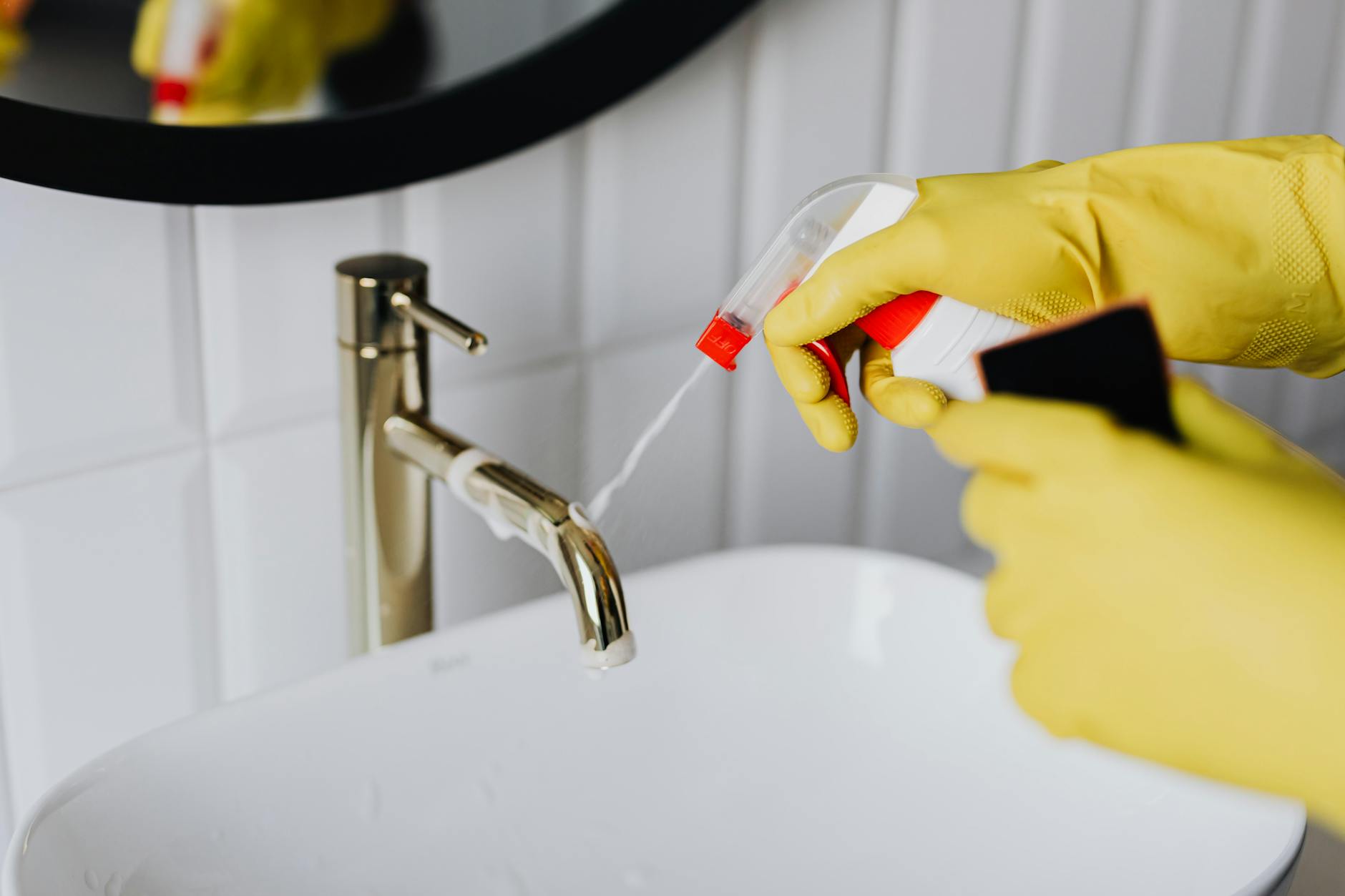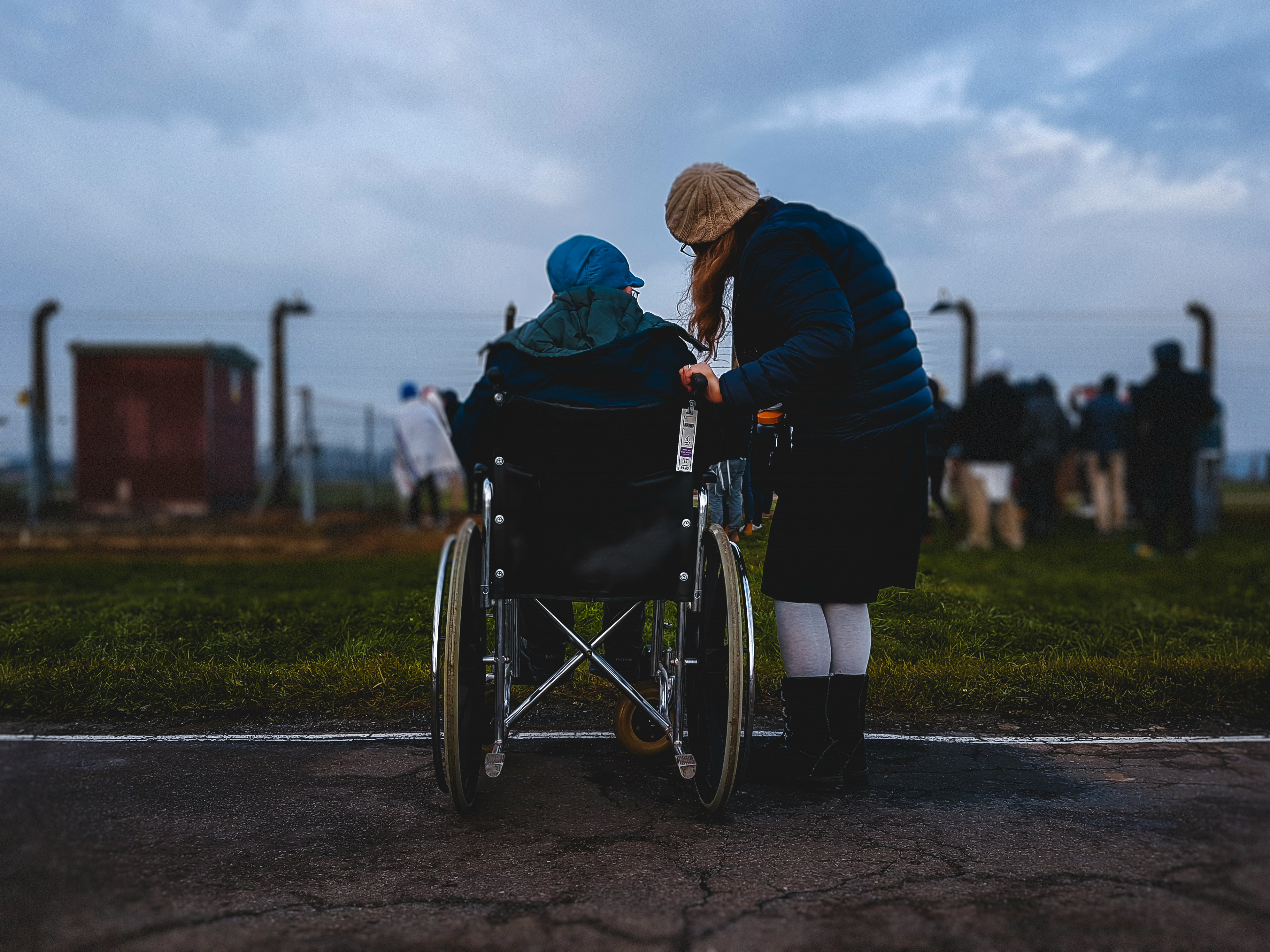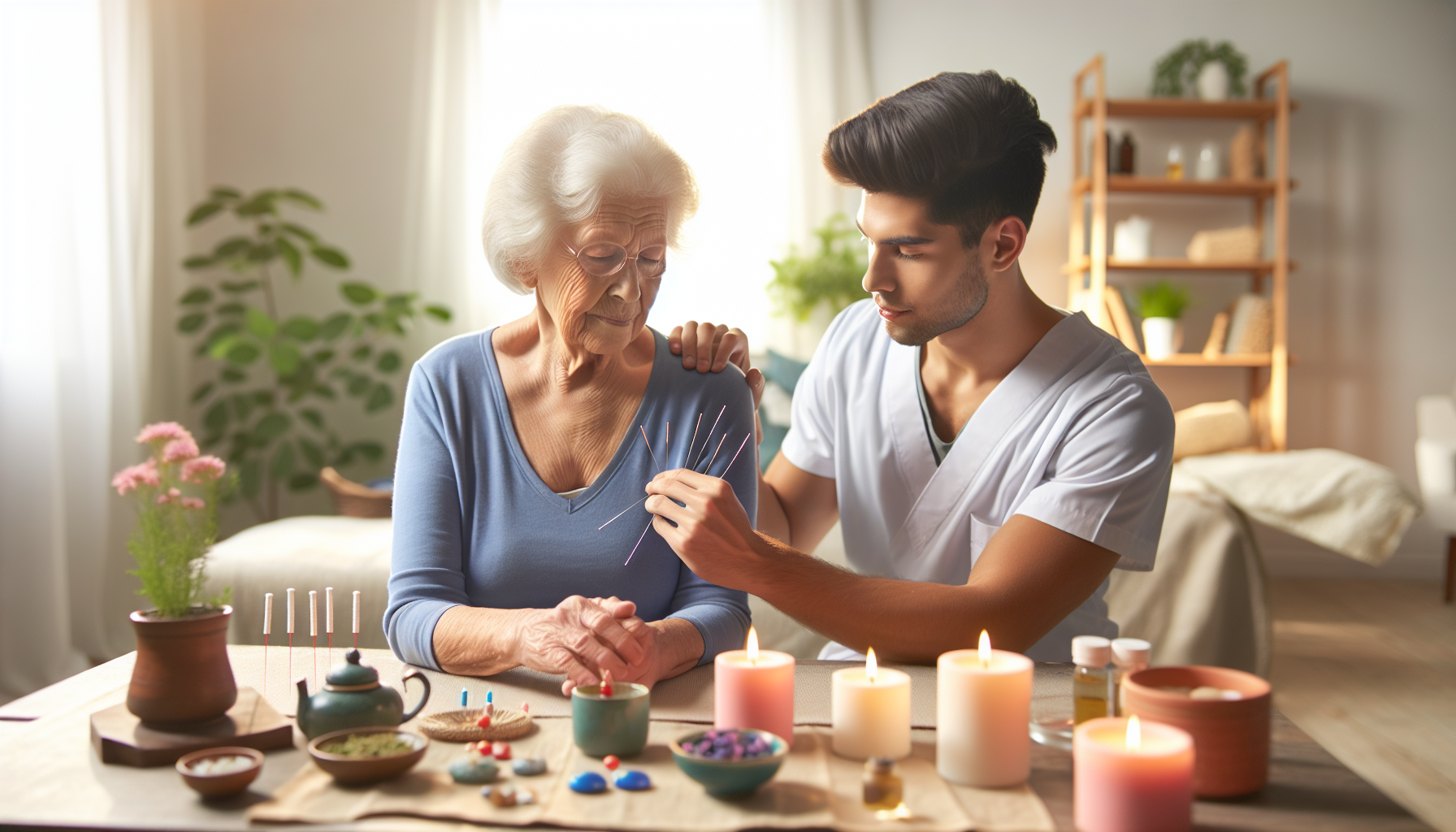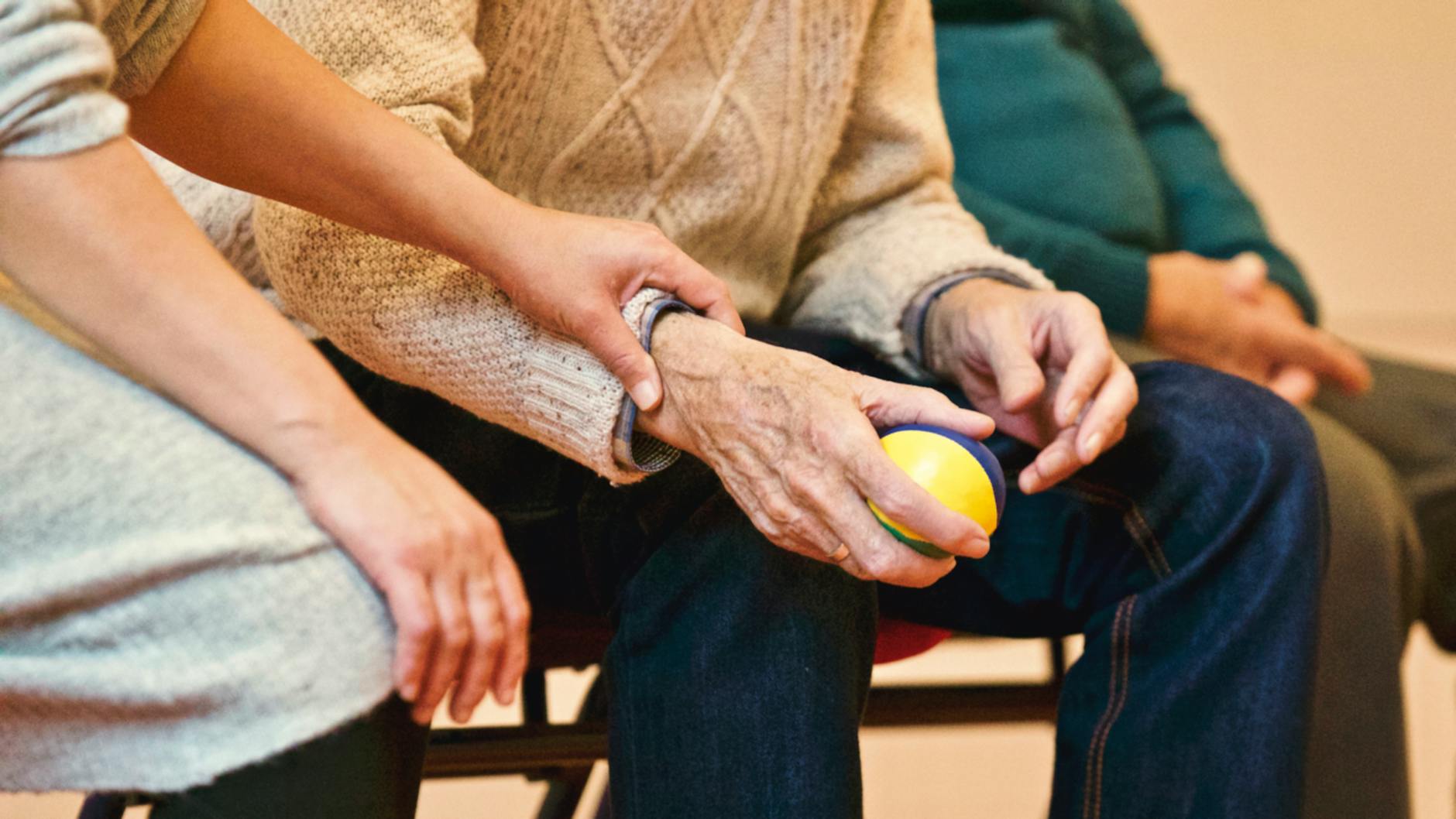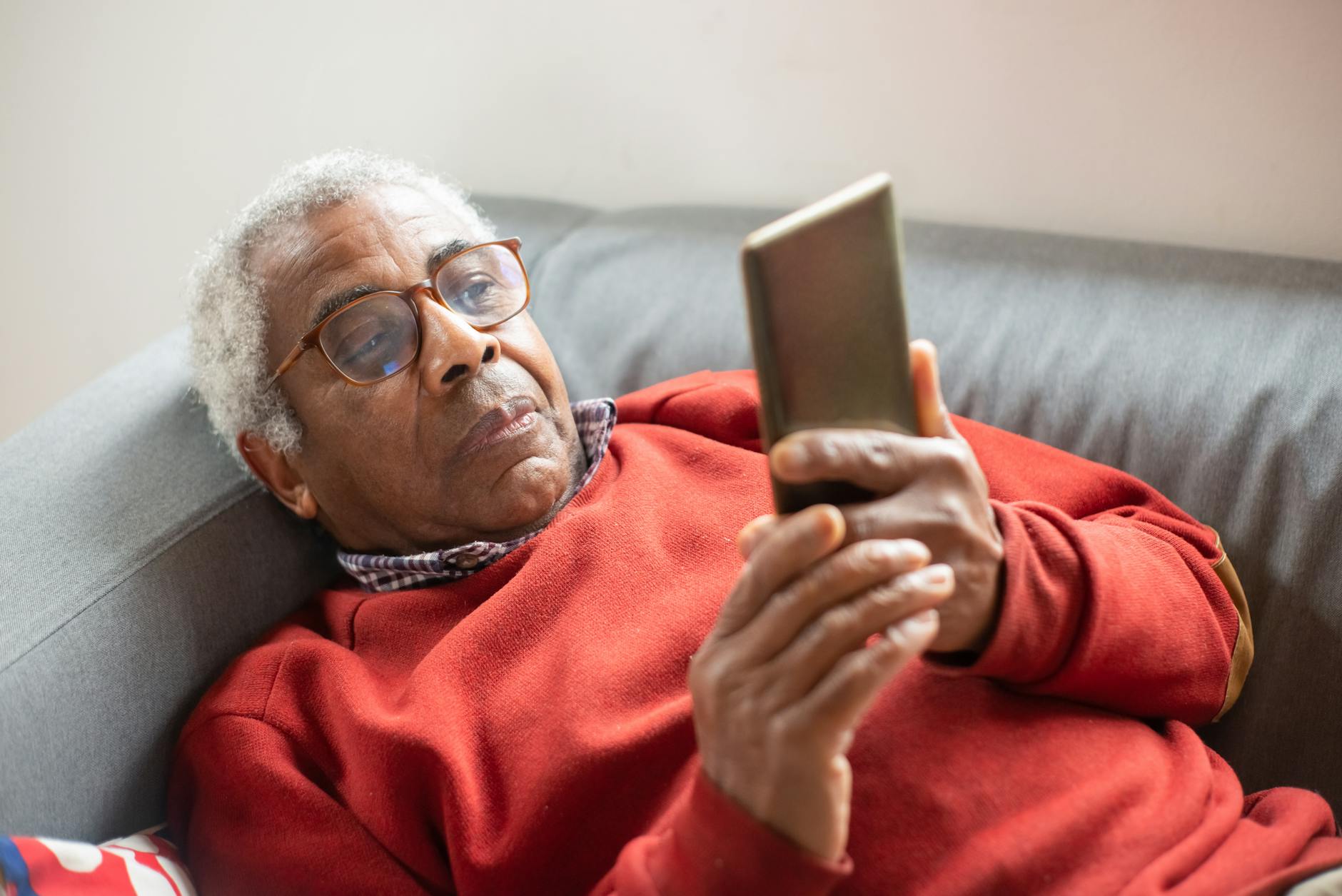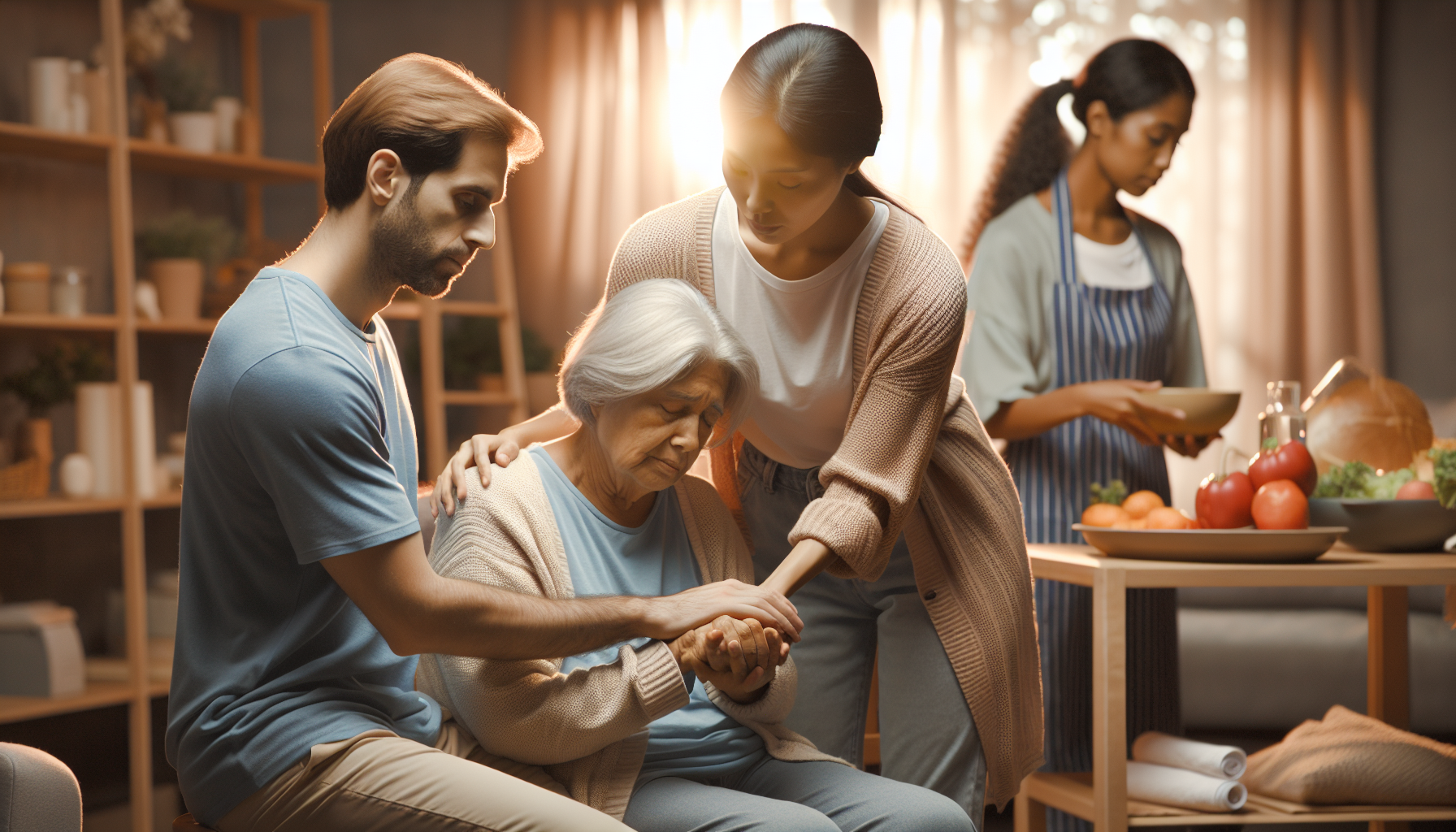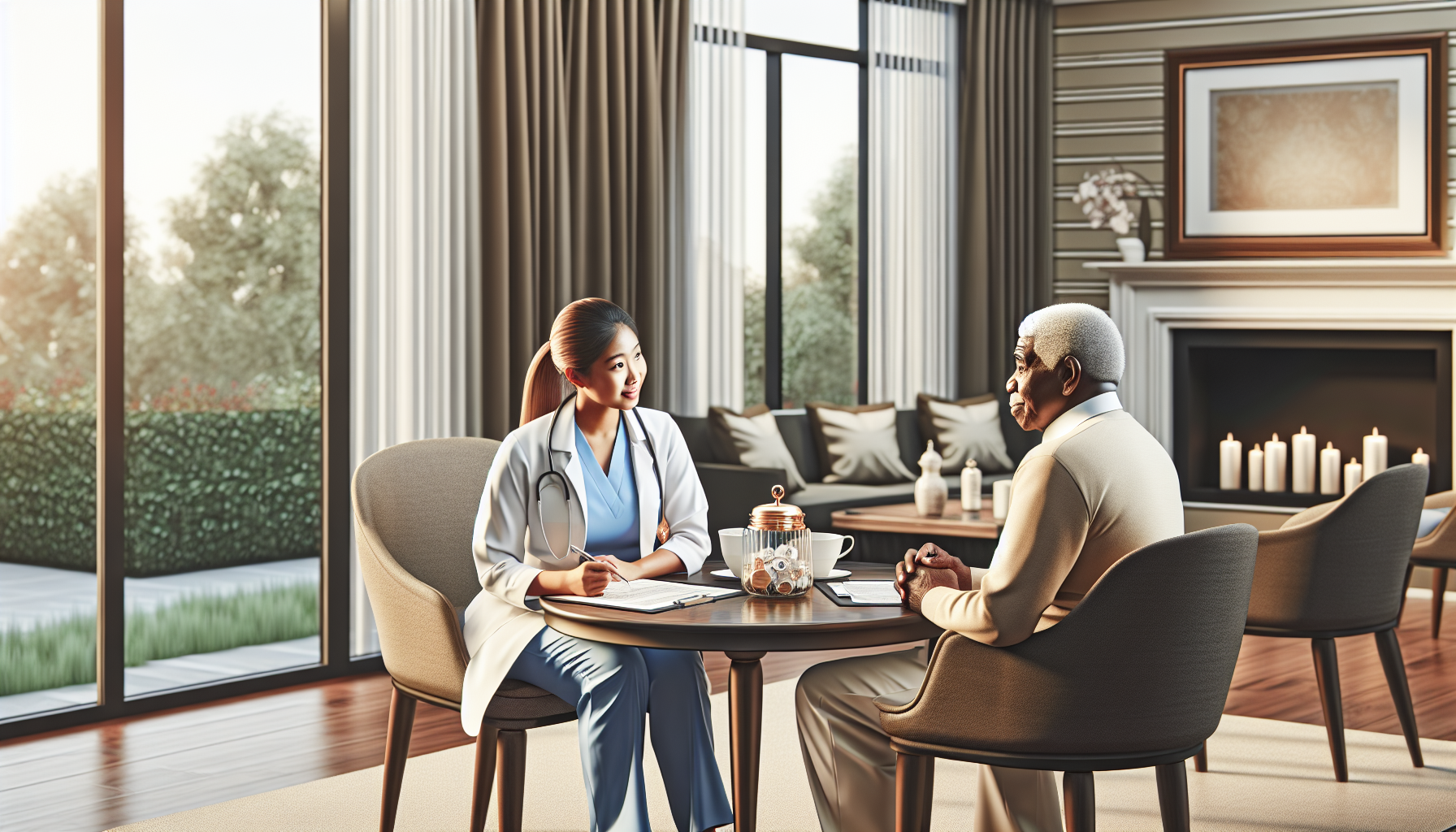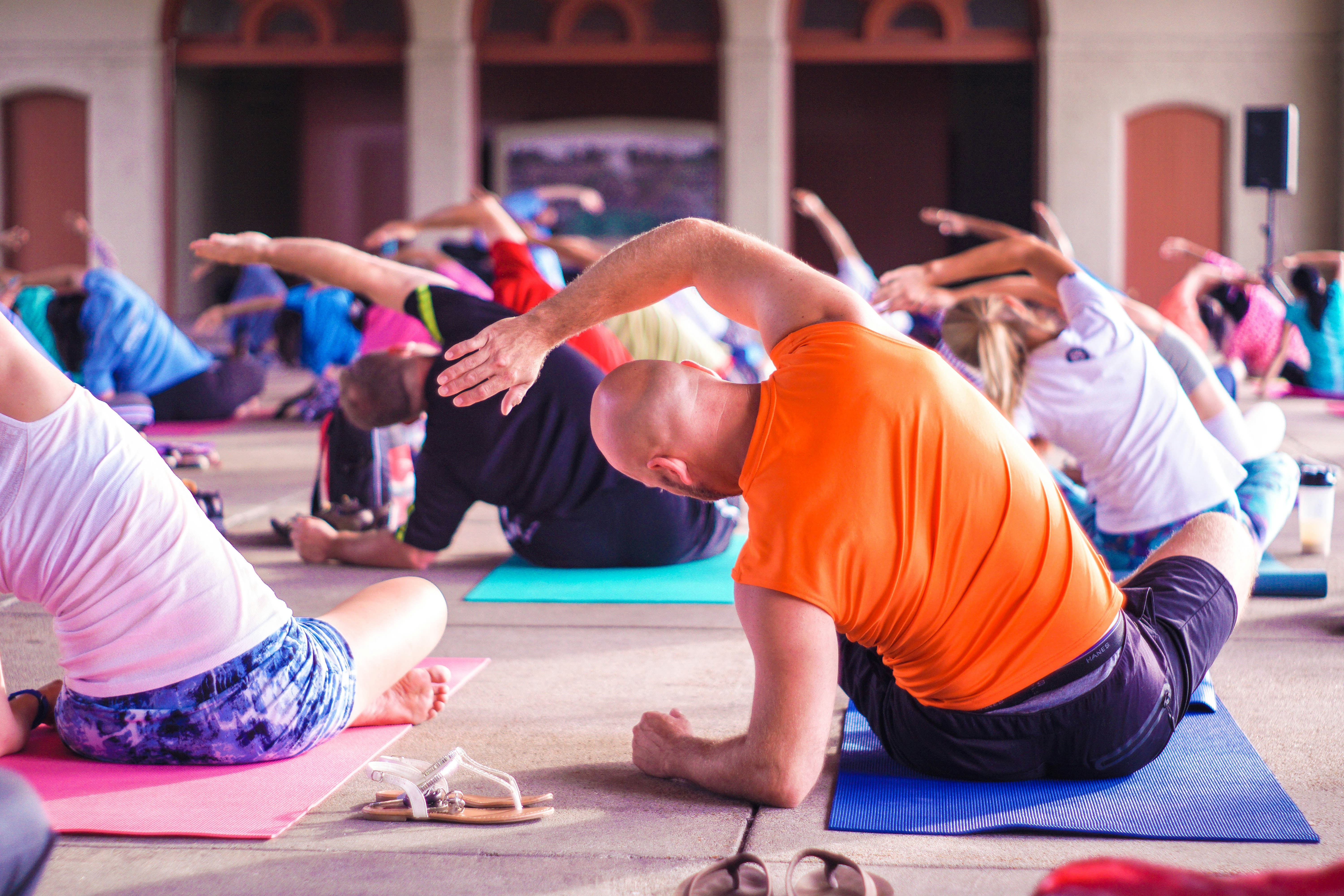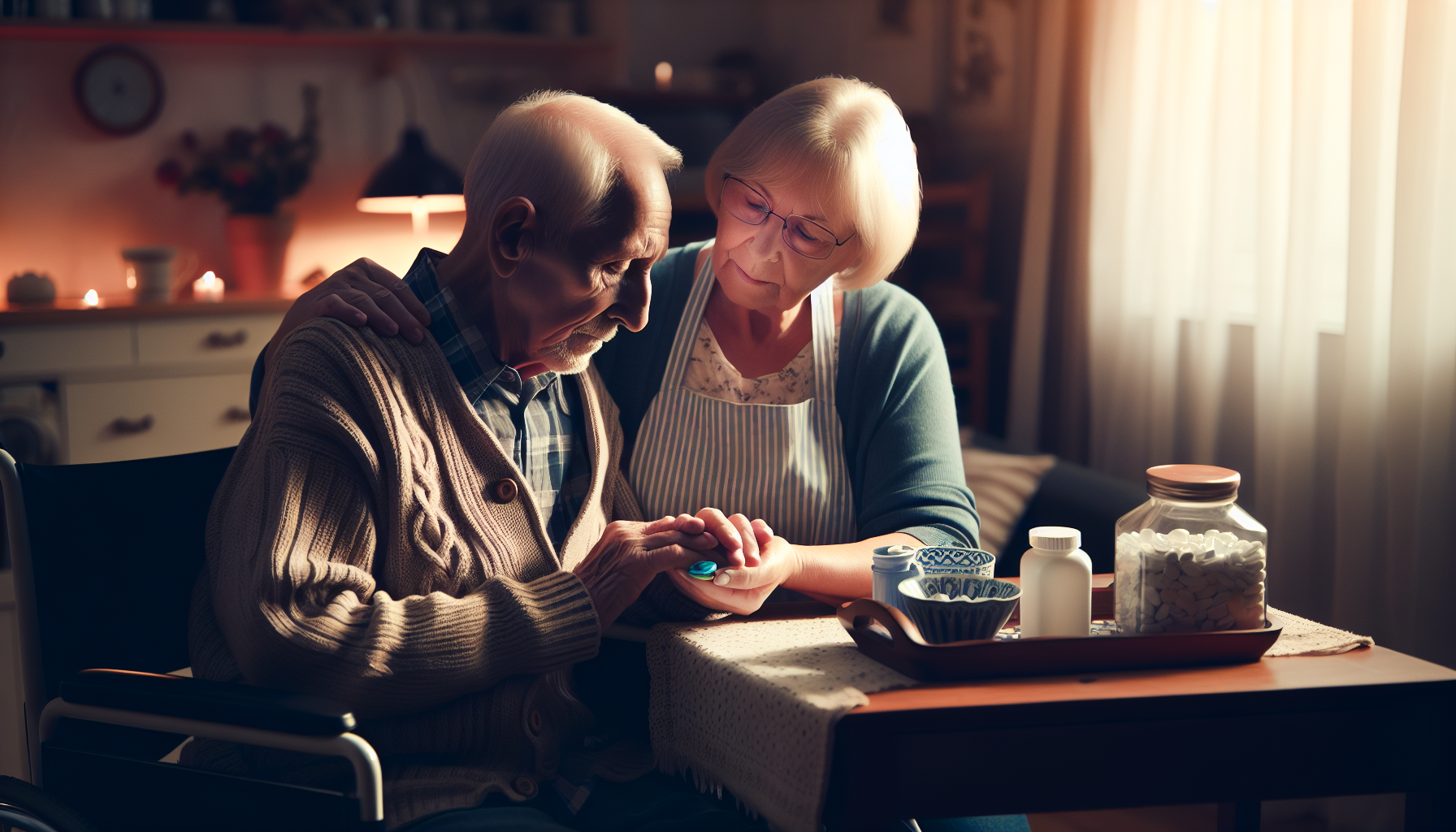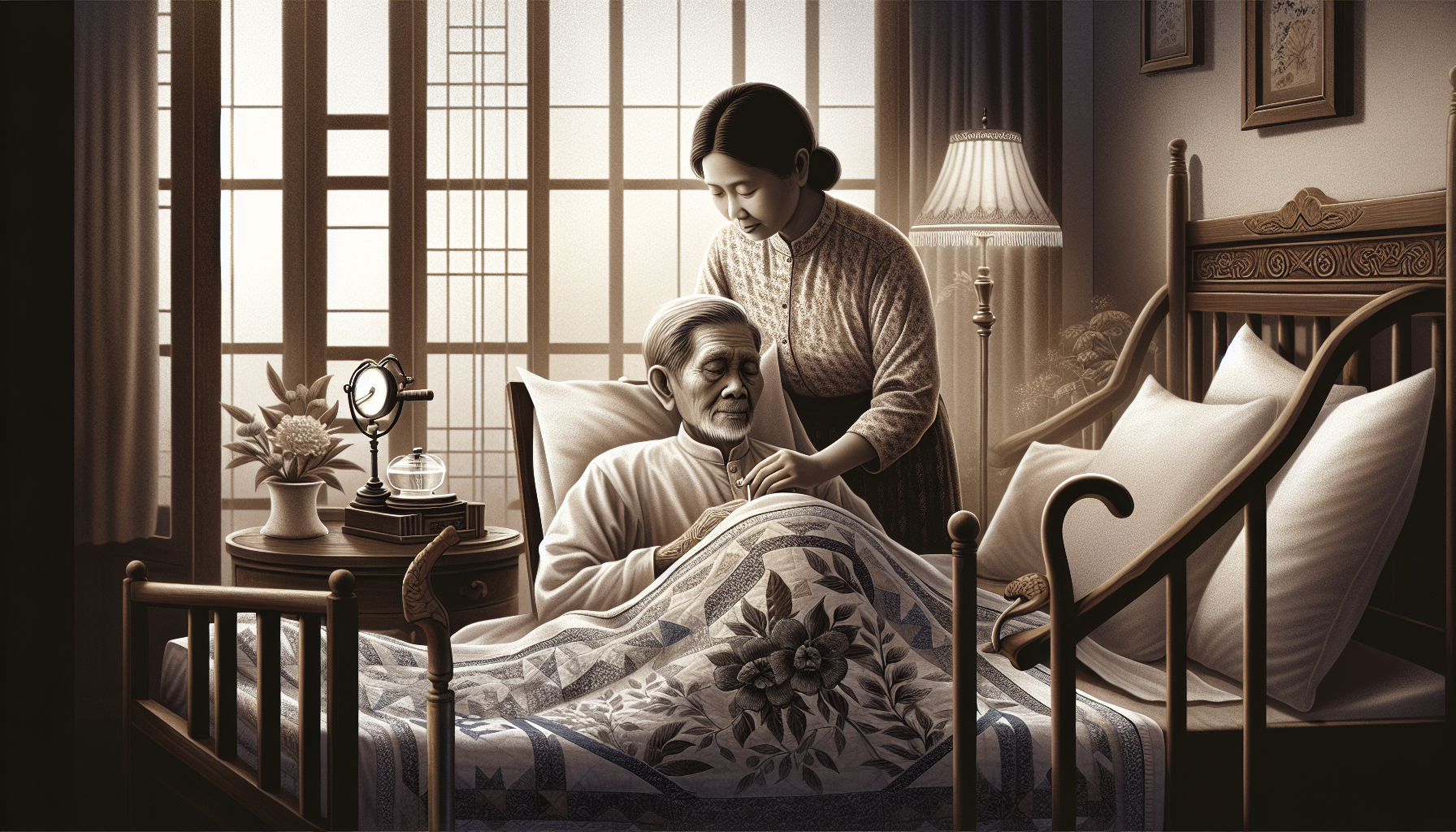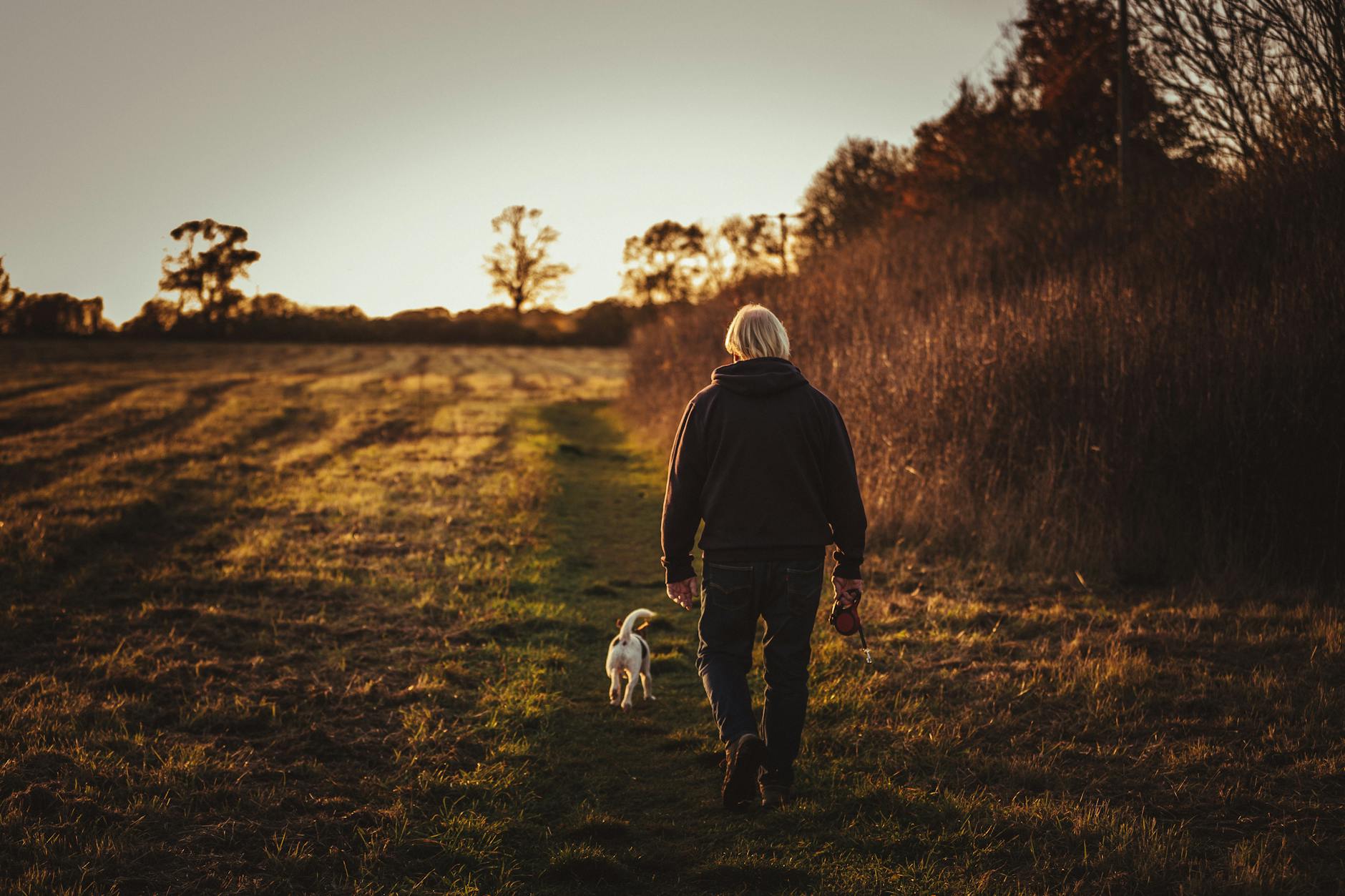Effective Knee Pain Treatment For Seniors Over 70
Find relief from knee osteoarthritis with non-surgical and at-home approaches.
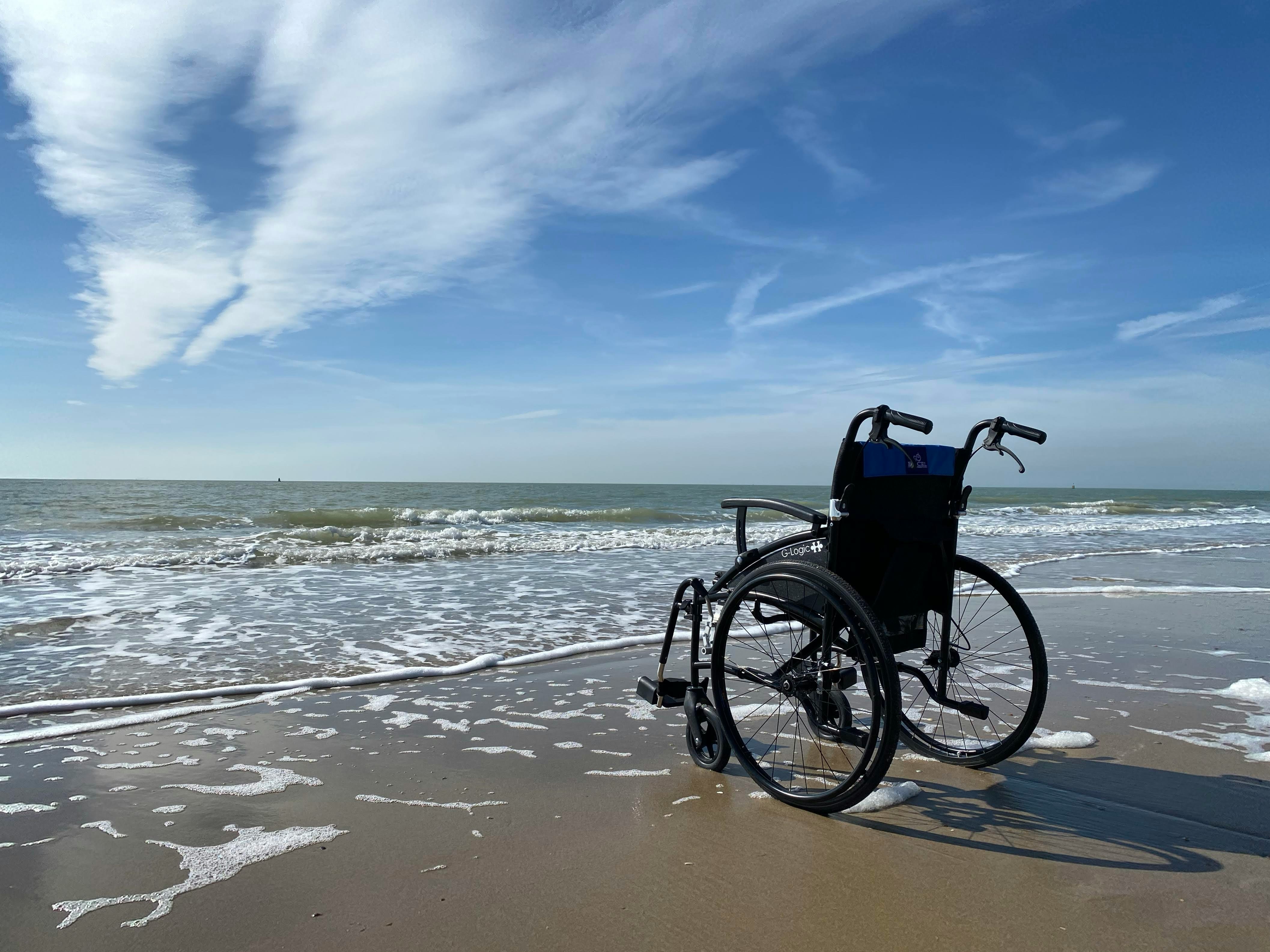
Understanding Knee Pain in Older Adults
Knee pain is a common issue that affects many older adults, and understanding its causes and symptoms is crucial for effective treatment. In this section, we will explore the common causes of knee pain in older adults and the symptoms associated with knee osteoarthritis.
Common Causes of Knee Pain
There are several factors that can contribute to knee pain in older adults. The most common cause is osteoarthritis, which results from the wear and tear of cartilage between joints over time. Other mechanical causes of knee pain can include strained ligaments, tears in cartilage, tendonitis, and worn cartilage. Injuries like falls, direct blows, fractures, and dislocations can also lead to knee pain in older adults. Additionally, medical conditions such as rheumatoid arthritis, gout, and lupus can cause knee pain due to inflammation in the knee joint.
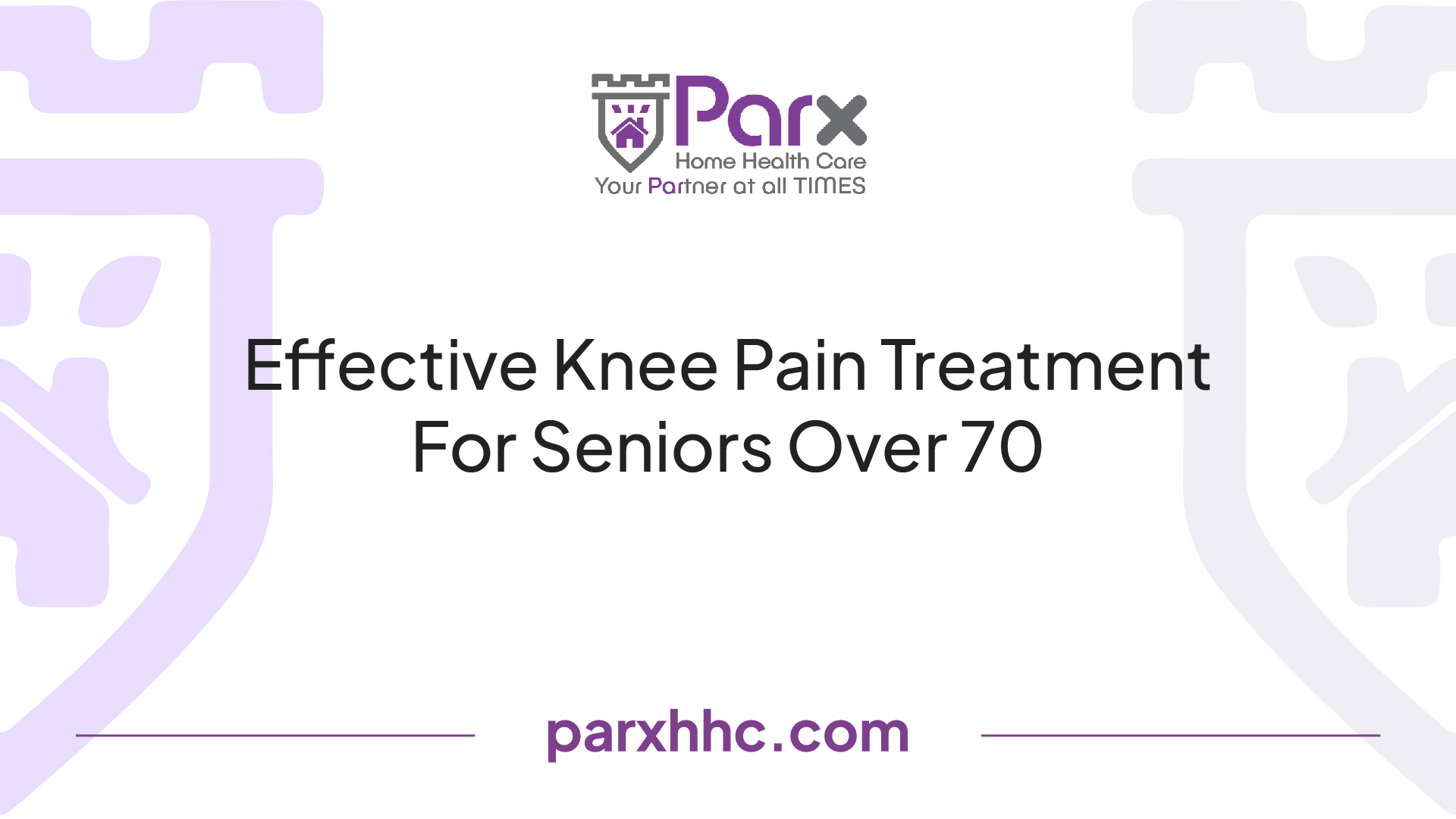
Symptoms of Knee Osteoarthritis
Knee osteoarthritis is the most common cause of knee pain in older adults. It occurs when the cartilage in the knee gradually wears away, resulting in bones rubbing against each other. The symptoms of knee osteoarthritis can vary but often include:
- Pain in the knee joint
- Swelling
- Stiffness
- Limited range of movement
- Difficulty straightening the knee
- Redness
- Weakness
- Instability
- Popping or crunching sounds when moving the knee
Knee pain may worsen towards the end of the day, and individuals with knee osteoarthritis may develop changes in their walking patterns to compensate for the discomfort. It's important to note that knee pain can have a significant impact on daily life and mobility, affecting overall quality of life.
Understanding the common causes and symptoms of knee pain in older adults is the first step towards effective treatment and management. By identifying the underlying cause of knee pain, healthcare professionals can develop personalized treatment plans that address the specific needs of older adults, providing relief and improving their overall well-being.
Treatment Options for Knee Pain
When it comes to treating knee pain in older adults, there are various options available, ranging from non-surgical approaches to surgical interventions. The choice of treatment depends on the severity of the pain and the underlying cause.
Non-Surgical Approaches
Non-surgical approaches are often the first line of treatment for knee pain in older adults. These approaches aim to alleviate pain, reduce inflammation, and improve mobility without the need for invasive procedures. Some common non-surgical treatment options include:
- Cortisone Injections: Cortisone injections are often used to reduce pain and swelling in an injured or deteriorating knee joint. They can provide temporary relief and are particularly beneficial if you may later be a candidate for knee replacement or if your pain can be managed through long-term strategies such as weight loss and exercise programs. These injections are typically limited to a maximum of four times a year.
- Rooster Shots: Rooster shots, derived from hyaluronic acid found in rooster combs, can help lubricate knee joints with age and rough bone surfaces replacing smooth cartilage. These shots can be beneficial when the bursa fails to adequately lubricate the knee joints [2].
- Arthroscopic Procedures: Arthroscopic procedures involve using a small camera and surgical instruments to treat various knee conditions. They are often used to smooth rough cartilage surfaces, remove bone spurs, and repair torn ligaments. These repairs are typically performed on an outpatient basis under local anesthesia.
- Autologous Cell or Stem Cell Injections: Autologous cell or stem cell injections involve harvesting a person's own chondrocytes or stem cells and growing them in the laboratory. These cells are then injected into the knee joint to form new articular cartilage, providing a potential option, especially for young patients with traumatic knee injuries or small defects in the cartilage. This approach is generally considered prior to knee replacement.
Surgical Interventions
In cases where non-surgical approaches do not provide sufficient relief or when the knee pain is severe and debilitating, surgical interventions may be necessary. The most common surgical treatment for knee pain in older adults is total knee replacement. This procedure is typically recommended for individuals with disabling knee osteoarthritis that has not responded to non-operative treatments. However, it is not always advisable for younger patients or those who are unwilling to undergo total knee replacement.
It's important to consult with a healthcare professional for a comprehensive evaluation of your knee pain and to determine the most suitable treatment approach. They can help guide you through the decision-making process and develop a personalized treatment plan based on your specific needs and circumstances.
Managing Knee Pain at Home
When it comes to managing knee pain in older adults, there are several strategies that can be implemented at home to provide relief and improve overall knee health. Two important aspects to focus on are weight management and engaging in exercise and physical therapy.
Importance of Weight Management
Maintaining a healthy weight is essential for individuals over 70 years old with knee pain, as excess weight can put additional stress on the knees and worsen the pain. Studies have shown that weight loss is an effective nonoperative treatment option for managing knee osteoarthritis, as it leads to a reduced load of forces across the knee joint. In fact, every kilogram of weight loss correlates to a fourfold decrease in forces across the knee.
To manage weight effectively, it's important to focus on a balanced diet that includes a variety of fruits, vegetables, lean proteins, and whole grains. Portion control is also crucial to prevent overeating. Consulting with a healthcare professional or a registered dietitian can provide personalized guidance on weight management strategies.
Exercise and Physical Therapy
Exercise plays a crucial role in managing knee pain and improving knee function. Low-impact activities that strengthen the muscles supporting the knees are recommended for individuals over 70 years old. Walking, swimming, and biking are excellent options as they minimize stress on the knees while still providing cardiovascular benefits.
Physical therapy is also beneficial for managing knee pain. It involves targeted exercises and techniques to strengthen the leg muscles, particularly the quadriceps. By strengthening these muscles, the load and stress on the knee joint during movement can be reduced. A systematic review of randomized controlled trials found moderate improvements in pain, physical function, and quality of life with various strengthening exercise programs for knee osteoarthritis.
In addition to exercise and physical therapy, applying heat or cold therapy to the knees can help alleviate pain and reduce inflammation. Heat therapy, such as warm towels or heating pads, can help relax the muscles and increase blood flow to the affected area. Cold therapy, using ice packs or ice wraps, can help numb the area and reduce inflammation.
It's important to consult with a healthcare professional or a physical therapist to develop an exercise and physical therapy plan tailored to individual needs and limitations. They can provide guidance on appropriate exercises, proper technique, and progressions to ensure the best outcomes.
By focusing on weight management and incorporating exercise and physical therapy into the daily routine, individuals over 70 years old can effectively manage knee pain and improve their overall knee health. Additionally, applying heat or cold therapy when needed can provide temporary relief. Remember to always consult with a healthcare professional for personalized advice and guidance.
Lifestyle Changes for Knee Pain Relief
When it comes to managing knee pain in older adults over 70, adopting certain lifestyle changes can make a significant difference in promoting relief and improving overall quality of life. Two key aspects to consider are adopting healthy habits and using assistive devices.
Adopting Healthy Habits
Maintaining a healthy lifestyle is essential for individuals over 70 with knee pain. One crucial aspect is weight management. Excess weight can put additional stress on the knees, exacerbating pain and discomfort. According to the Arthritis Foundation, maintaining a healthy weight is vital for individuals with knee pain. Even a small reduction in weight can lead to a significant decrease in forces across the knee joint, reducing pain and improving function.
In addition to weight management, incorporating regular exercise into the daily routine can have numerous benefits. Physical activity helps strengthen the muscles around the knee joint, providing better support and stability. It also improves flexibility and range of motion. Engaging in exercises that are gentle on the knees, such as swimming or cycling, can be particularly beneficial. It's important to consult with a healthcare professional or physical therapist to determine the most suitable exercises for individual needs and limitations.
Using Assistive Devices
Assistive devices can provide valuable support and help alleviate knee pain in older adults. Canes and walkers are commonly used to reduce pressure on the knees and provide stability while walking. By distributing weight away from the knees, these devices can help reduce pain and improve mobility. They offer an added layer of support, particularly when navigating uneven surfaces or stairs.
Additionally, heat or cold therapy can be a simple yet effective way to relieve knee pain. Applying heat or cold packs to the affected area can help reduce inflammation and alleviate discomfort. It's important to follow proper guidelines for heat and cold therapy to ensure safety and effectiveness.
By adopting healthy habits and utilizing assistive devices, individuals over 70 years old can take proactive steps to manage knee pain and improve their overall well-being. These lifestyle changes, along with other treatment options, can provide relief, enhance mobility, and enable a more active lifestyle. It's important to consult with a healthcare professional for personalized advice and guidance tailored to individual needs.
Preventing Knee Pain in Older Adults
Taking preventive measures can help reduce the risk of knee pain in older adults. By implementing certain strategies and being proactive, individuals can maintain the health and function of their knees as they age.
Tips for Prevention
- Maintain a Healthy Weight: Weight management plays a crucial role in preventing knee pain. Extra weight puts additional stress on the knees, leading to increased wear and tear. According to WebMD, every extra pound of weight adds about 4 pounds of pressure on the knees. Losing weight can significantly alleviate knee pain and slow the progression of arthritis. A 10-pound weight loss can make a noticeable difference.
- Strengthen Muscles: Building and maintaining strong muscles around the knee joint can provide support and stability. Focus on strengthening the quadriceps and hamstrings, as they play a vital role in knee function. Strengthening exercises can help absorb shock and reduce stress on the knee joint. A systematic review of various strengthening exercise programs in knee osteoarthritis found moderate improvements in pain, physical function, and quality of life.
- Stay Active: Regular physical activity is essential for maintaining joint health. Low-impact exercises, such as walking, swimming, or cycling, can help improve flexibility, strengthen muscles, and reduce the risk of knee pain. Consult with a healthcare professional or physical therapist to develop an exercise program tailored to individual needs and abilities.
- Avoid Inflammatory Foods: Certain foods can contribute to inflammation in the body, which may worsen knee pain. Limiting the consumption of processed foods, sugary snacks, and foods high in saturated fats can help reduce inflammation. Instead, focus on incorporating anti-inflammatory foods into the diet, such as fruits, vegetables, whole grains, and healthy fats.
- Hydrate and Quit Smoking: Staying hydrated is important for maintaining joint health. Proper hydration helps lubricate the joints and keeps the cartilage healthy. Additionally, quitting smoking can have positive effects on knee health. Smoking has been linked to increased inflammation and a higher risk of developing osteoarthritis.
Importance of Early Intervention
Early intervention is crucial when it comes to knee pain in older adults. If any discomfort or pain is experienced, it's important to seek medical attention promptly. Early diagnosis and treatment can help prevent the progression of knee conditions and minimize the impact on daily life.
By addressing knee pain early, healthcare professionals can provide appropriate interventions, such as physical therapy, medication management, or other non-surgical approaches. These interventions can help manage pain, improve mobility, and slow down the progression of knee conditions.
Remember, prevention and early intervention are key to maintaining healthy knees as we age. By following these tips and seeking timely medical advice, older adults can reduce the risk of knee pain and enjoy an active and fulfilling lifestyle.
Challenges in Knee Pain Management
Managing knee pain in older adults can present various challenges that hinder their ability to effectively address and alleviate their discomfort. Two key challenges in knee pain management are barriers to physical activity and the impact of knee pain on daily life.
Barriers to Physical Activity
Older adults with knee pain often face barriers to engaging in regular physical activity. A study conducted by the Arthritis Research UK Primary Care Centre at Keele University found that only around 40% of individuals with knee pain over the age of 50 were active enough to meet physical activity recommendations in the UK [4].
These barriers can stem from various factors, such as the knee problem itself, symptoms experienced during and after activity, and social and environmental factors. The knee pain may limit mobility and cause discomfort during movement, making it challenging for individuals to engage in activities that require knee flexibility and strength. Additionally, fear of exacerbating the pain or causing further damage can discourage individuals from participating in physical activities.
Innovative interventions tailored to individual needs are necessary to help older adults with knee pain overcome these barriers and become more physically active. This may include developing exercise programs that target knee strength and flexibility while considering the specific limitations and preferences of each individual.
Impact of Knee Pain on Daily Life
Knee pain can significantly impact the daily lives of older adults. It can limit mobility, making it difficult to perform basic tasks and engage in activities they once enjoyed. Chronic knee pain can lead to decreased independence, reduced social interactions, and a decline in overall quality of life.
The discomfort and limitations imposed by knee pain may affect sleep patterns, mood, and mental well-being. The pain can also interfere with activities of daily living, such as walking, climbing stairs, and getting in and out of chairs. As a result, individuals may experience feelings of frustration, helplessness, and a loss of confidence in their abilities.
Addressing the impact of knee pain on daily life requires a comprehensive approach. This may involve a combination of pain management strategies, such as medication or physical therapy, to alleviate discomfort and improve mobility. Assistive devices, such as canes or walkers, may also be beneficial in providing support and stability for individuals experiencing knee pain.
By understanding and addressing the challenges faced by older adults with knee pain, caregivers and healthcare professionals can work together to develop tailored treatment plans that promote pain relief, mobility, and overall well-being. It is essential to provide support and encouragement to older adults as they navigate the challenges of knee pain management and strive to maintain an active and fulfilling lifestyle.
References
[1]: https://www.opaortho.com/elderly-knee-pain-treatment/
[2]: https://memorialhermann.org/services/treatments/knee-pain-treatments/




